PLTW Human Body Systems Honors
1/87
There's no tags or description
Looks like no tags are added yet.
Name | Mastery | Learn | Test | Matching | Spaced |
|---|
No study sessions yet.
88 Terms
Anterior (ventral)
front of the body
Posterior (dorsal)
back of body
Inferior
below
Superior
above
Medial
Toward the midline of the body
Distal
farther from the origin of a body part or the point of attachment of a limb to the body trunk
Proximal
Closer to the origin of the body part or the point of attachment of a limb to the body trunk
Distal
farther from the origin of a body part or the point of attachment of a limb to the body trunk
Proximal
Closer to the origin of the body part or the point of attachment of a limb to the body trunk
superficial
(adj.) on or near the surface; concerned with or understanding only what is on the surface, shallow
Deep
Away from the body surface; more internal
Ventral
belly side
Dorsal
toward the back
Abdominal
The body space between the thorax(chest) and pelvis
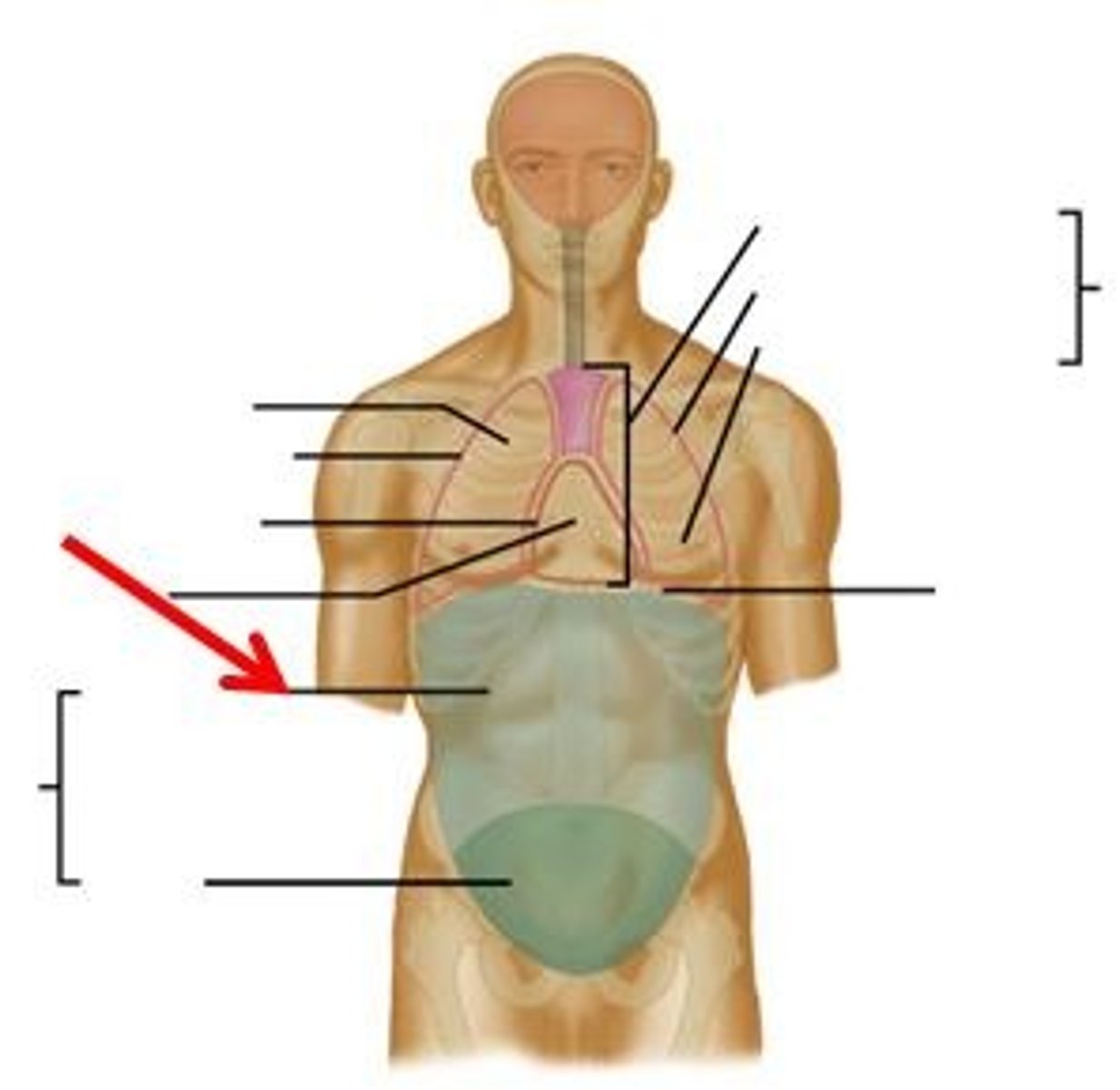
Antecubital
The area anterior the elbow
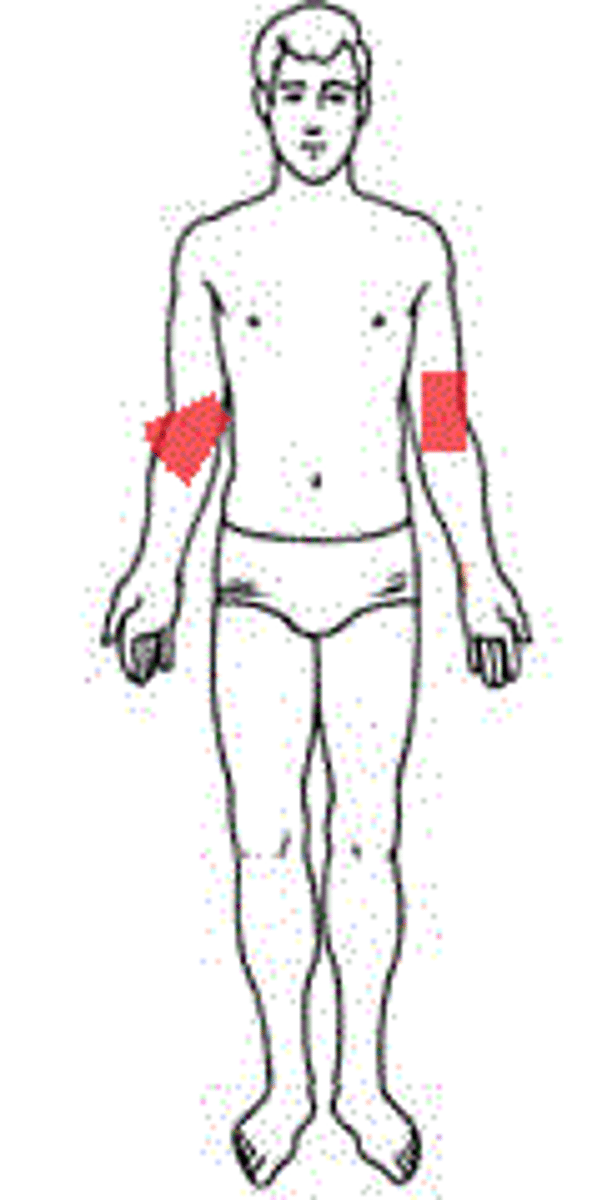
Axillary
Relating to the armpit
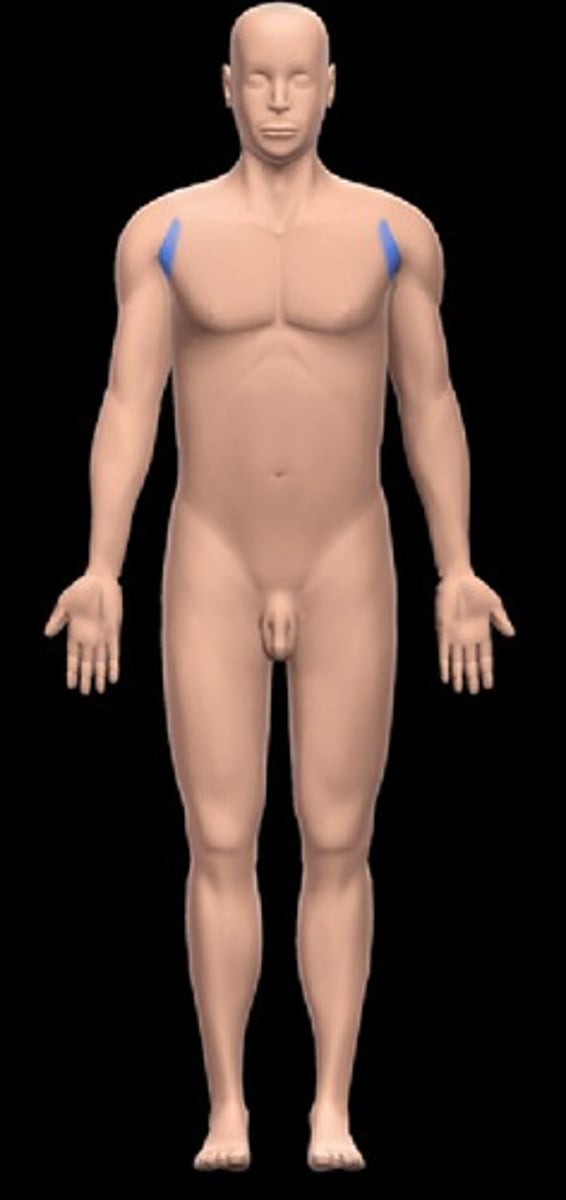
Brachial
relating to the arm
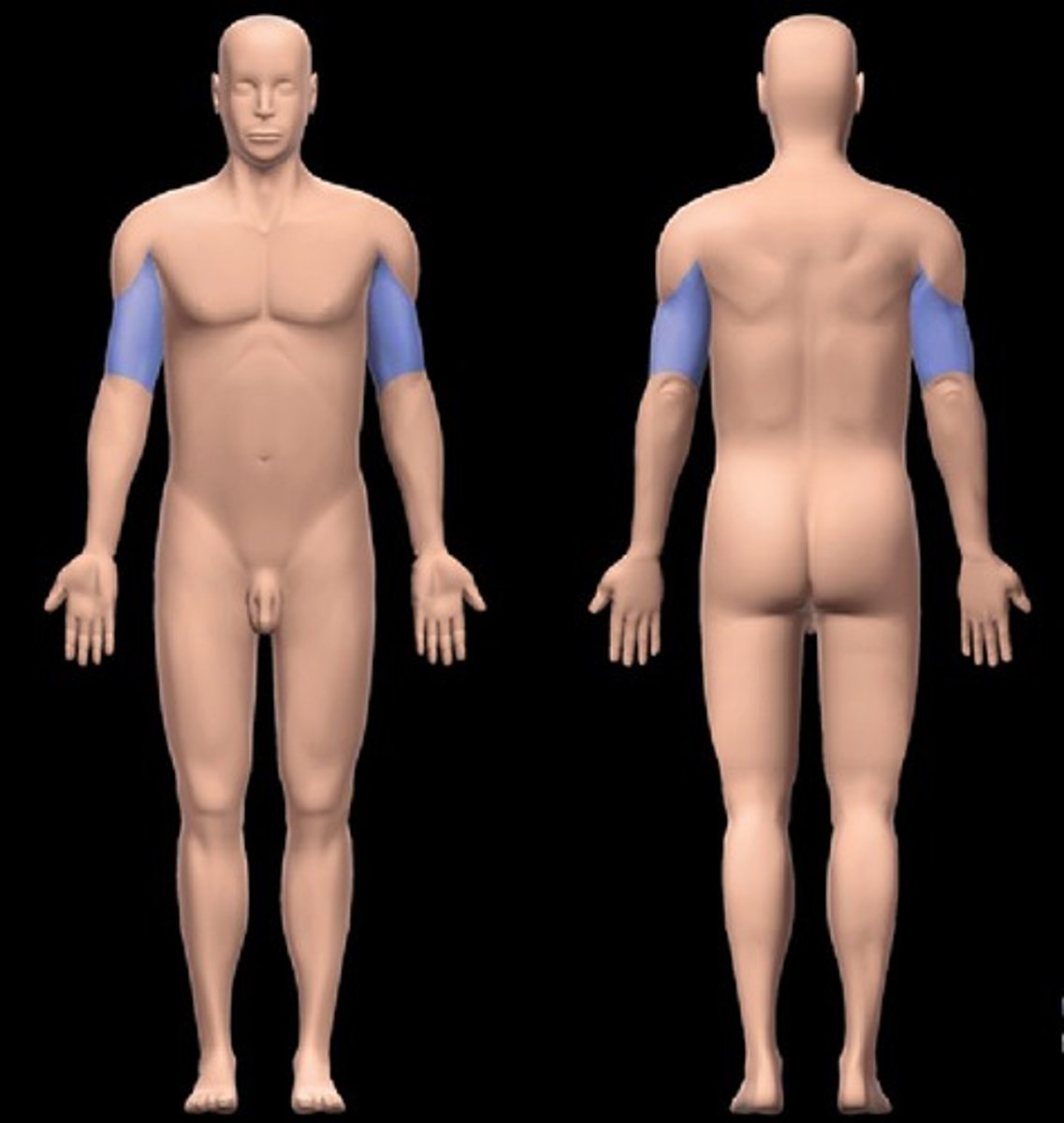
Buccal
cheek
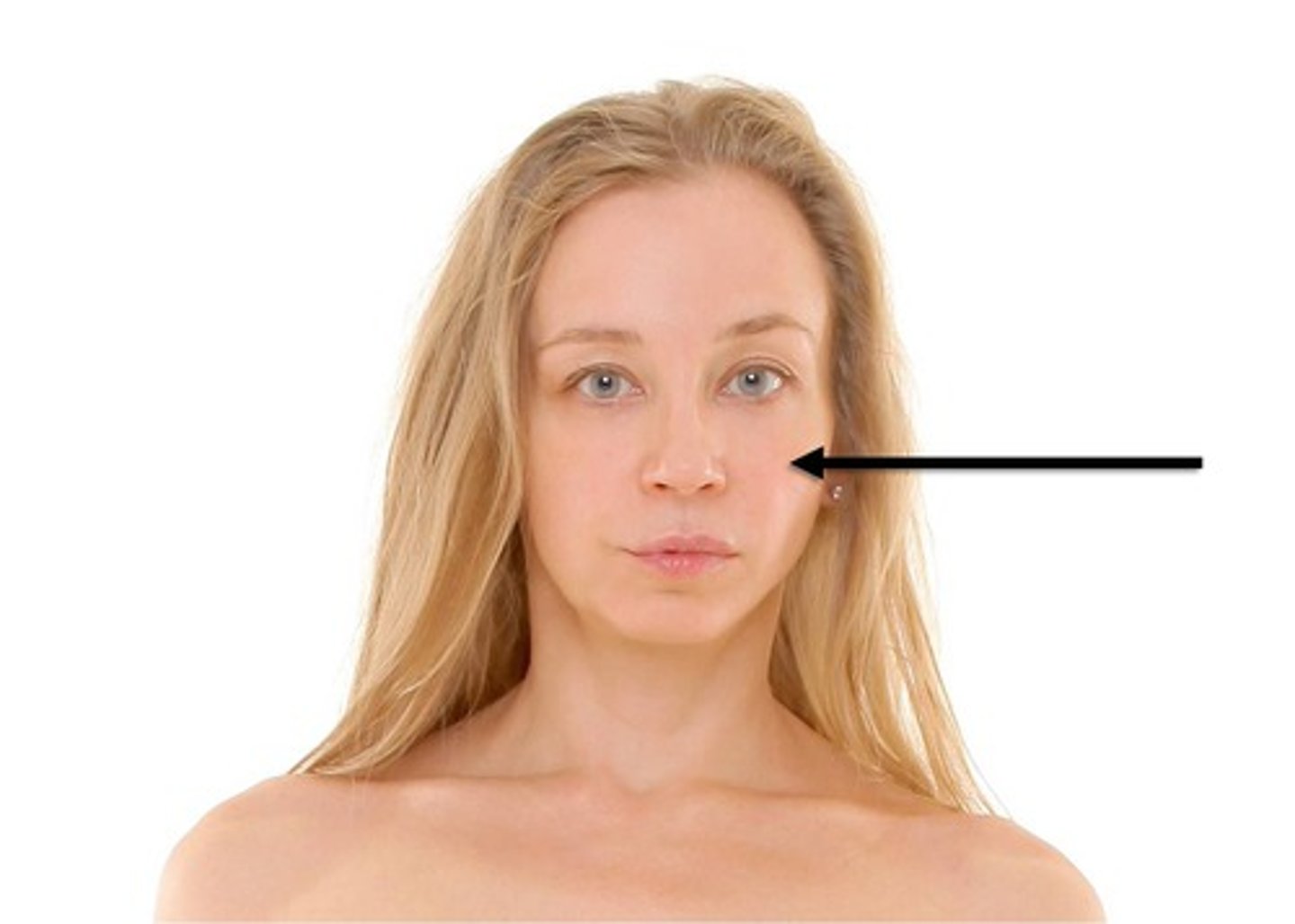
Calcaneal
heel of foot
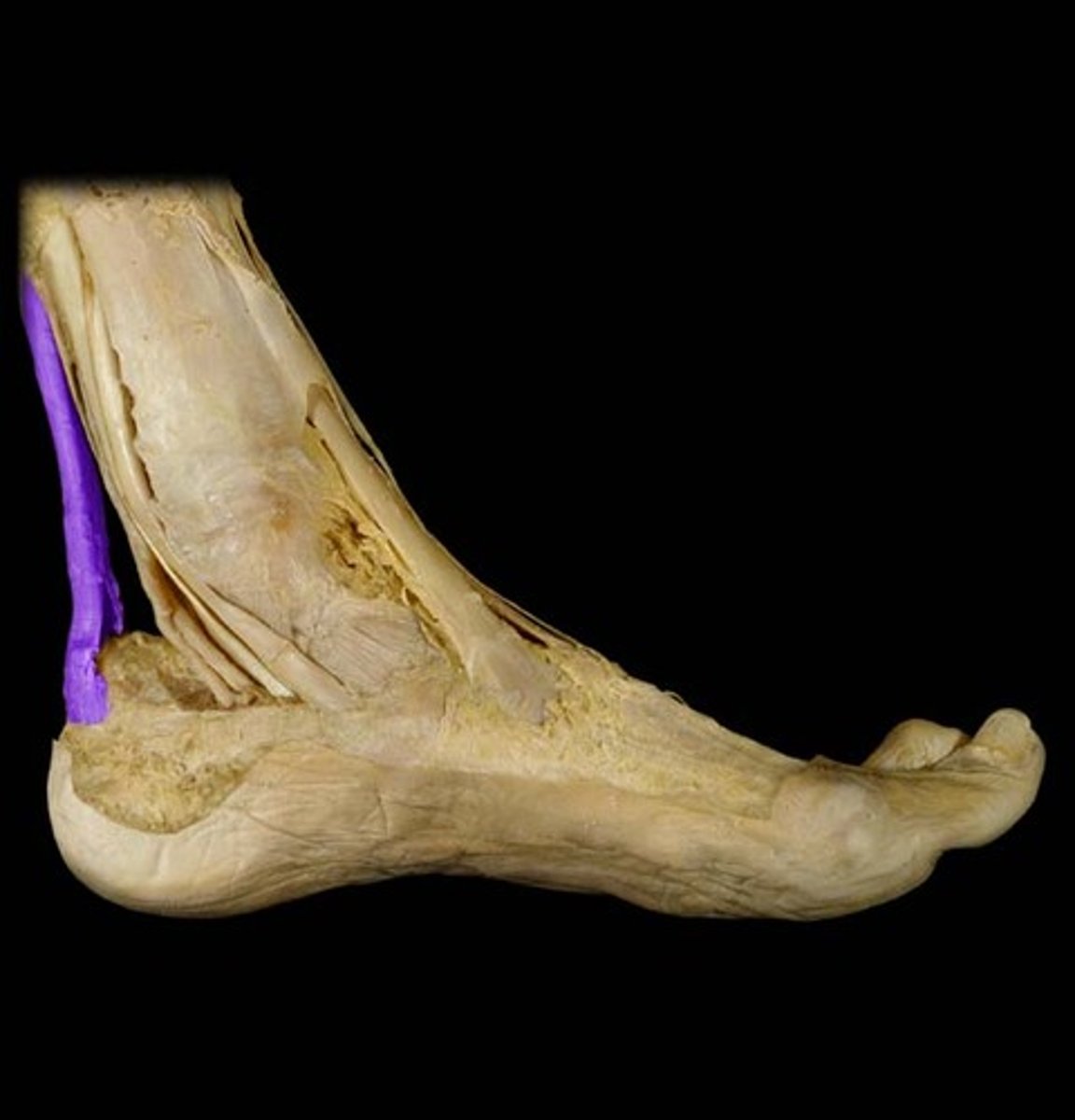
Carpal
wrist
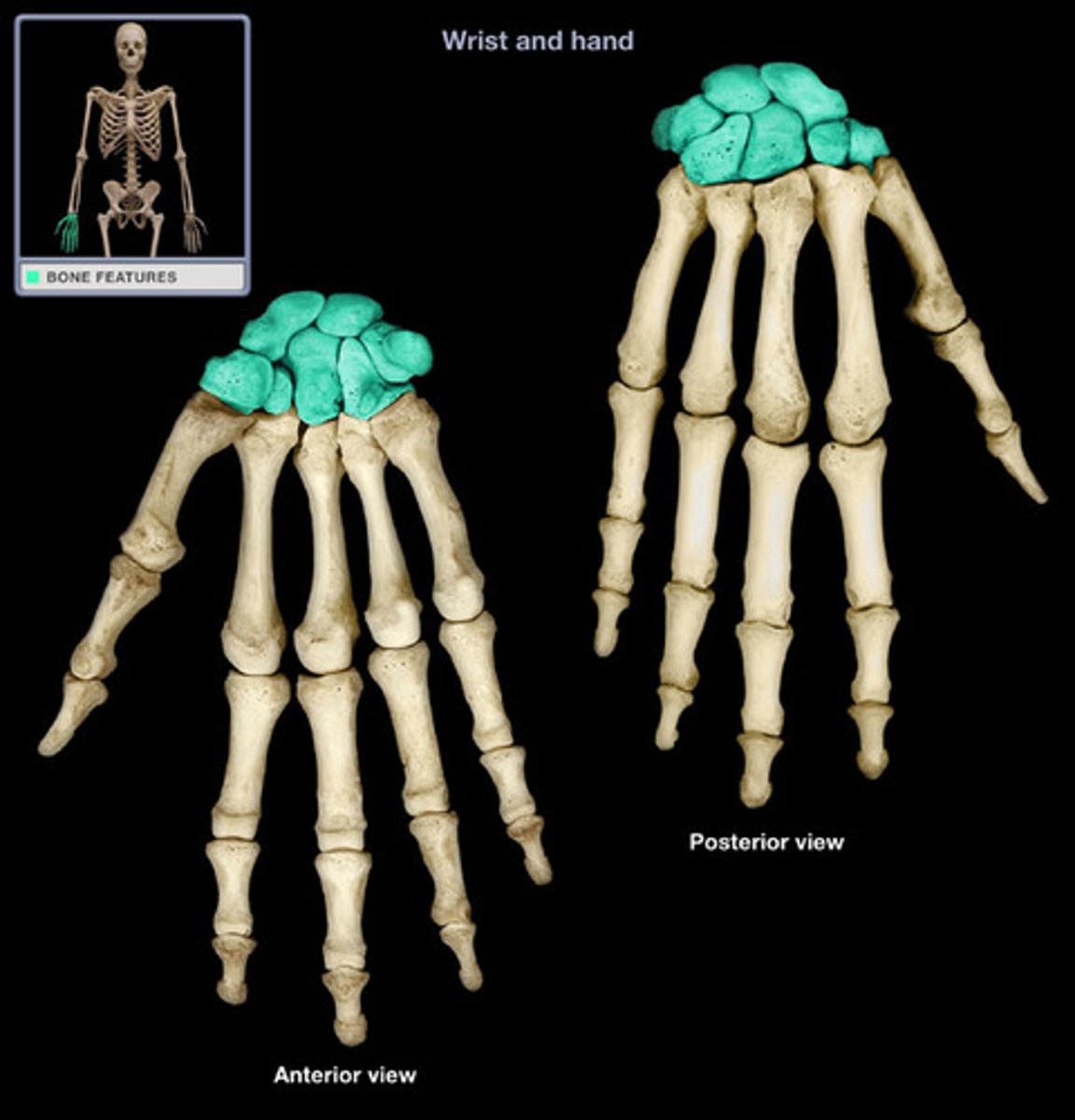
Cephalic
head
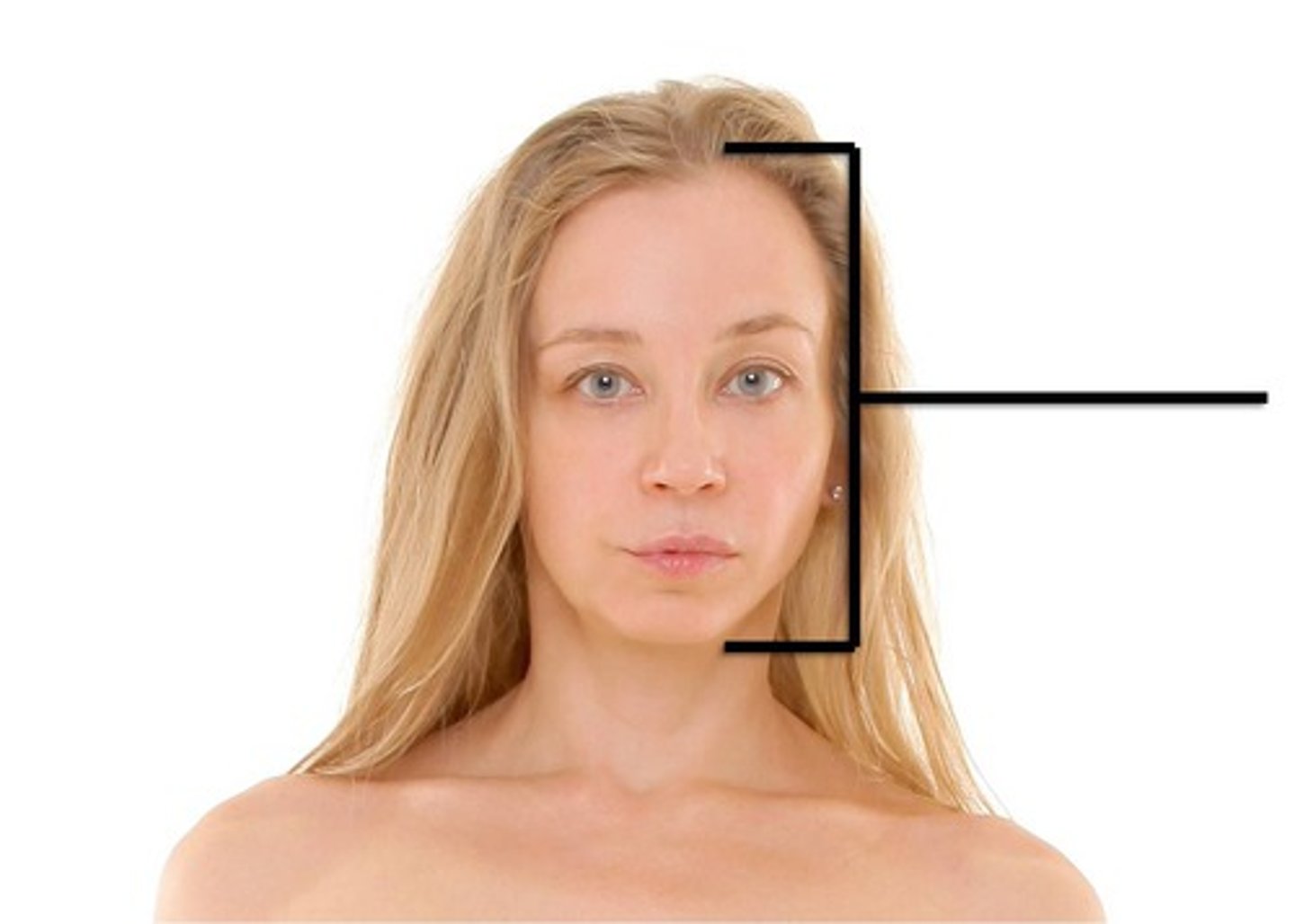
Cervical
neck

Coxal
hip
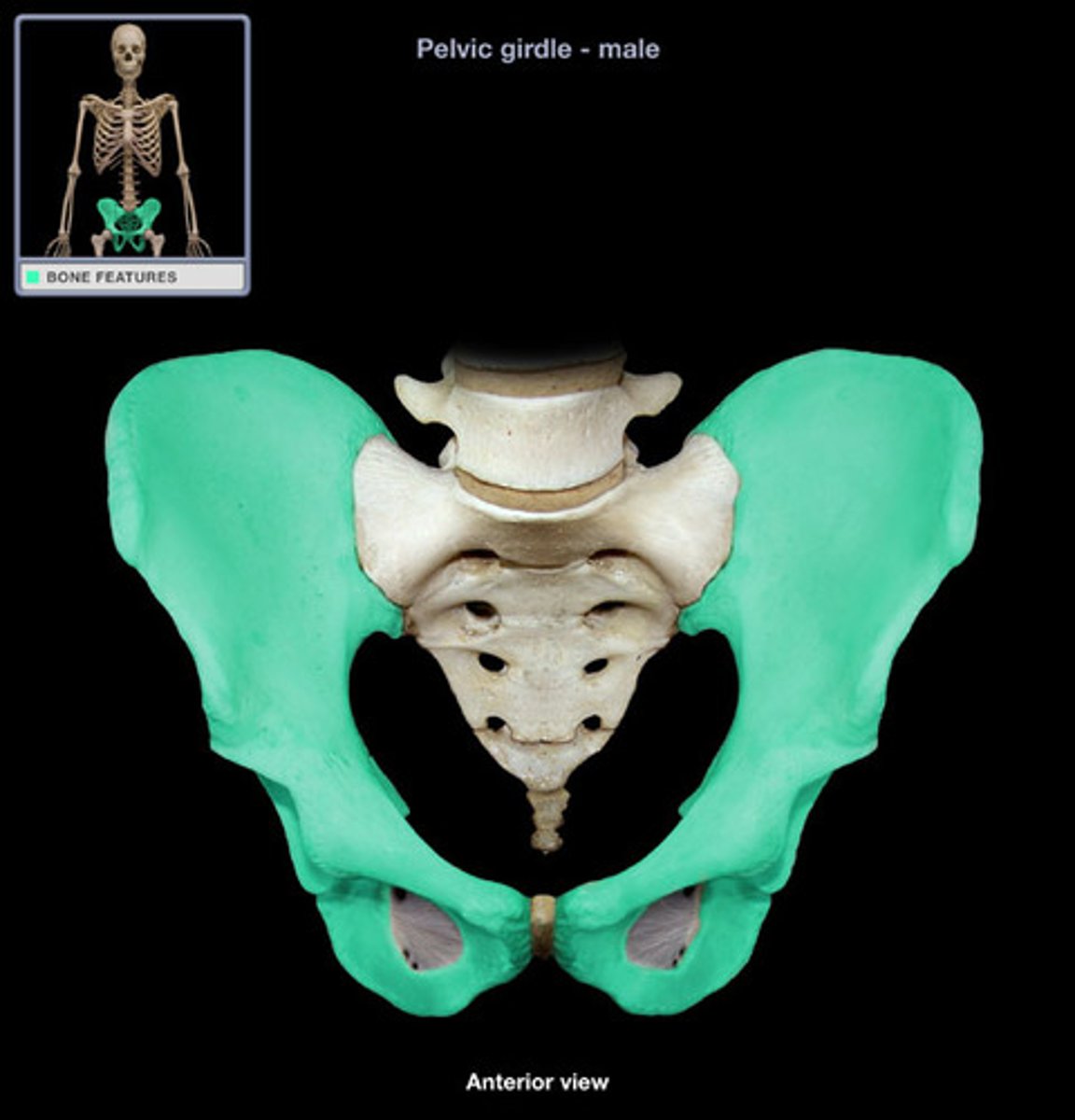
digital
fingers, toes
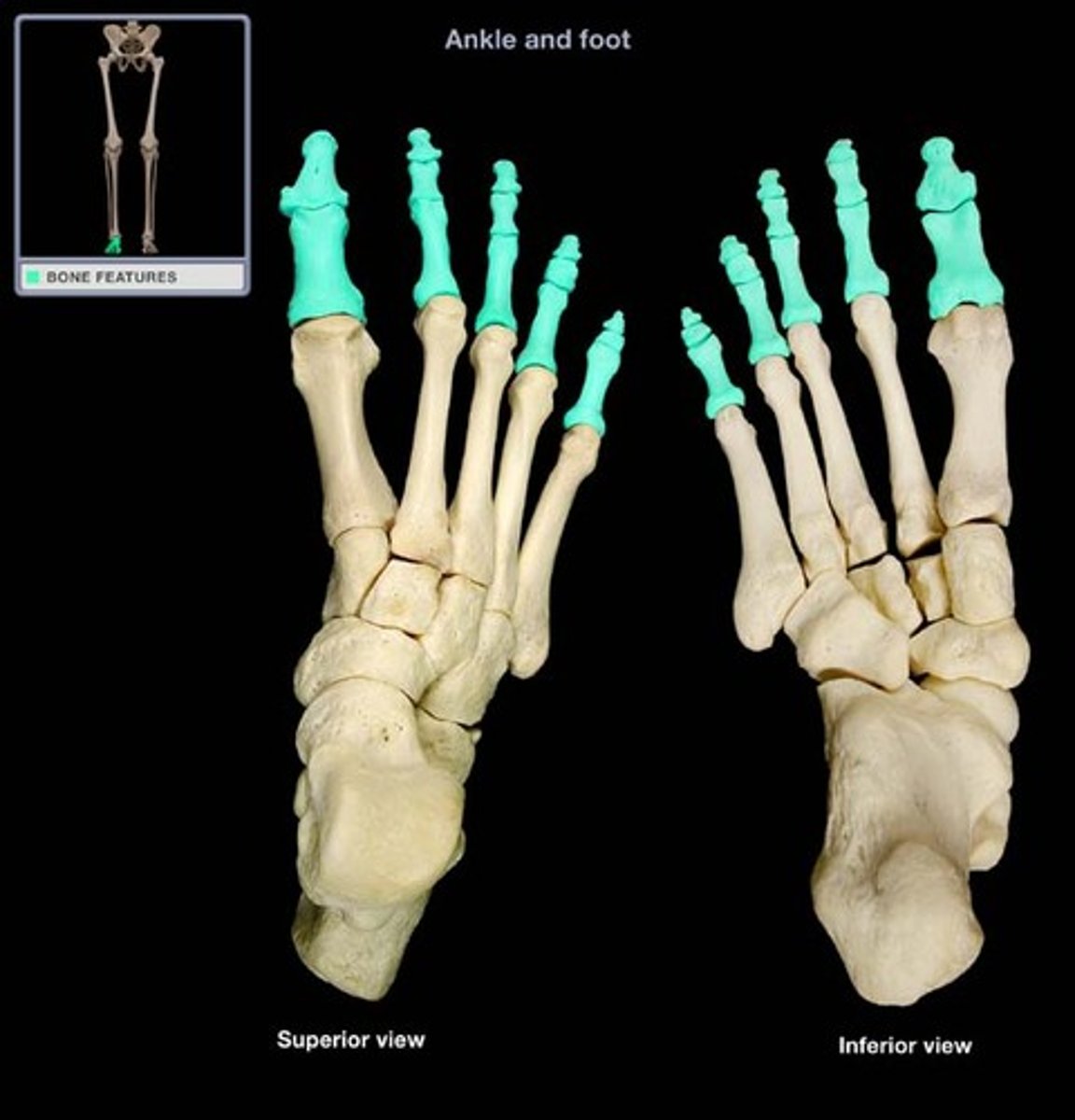
Femoral
thigh
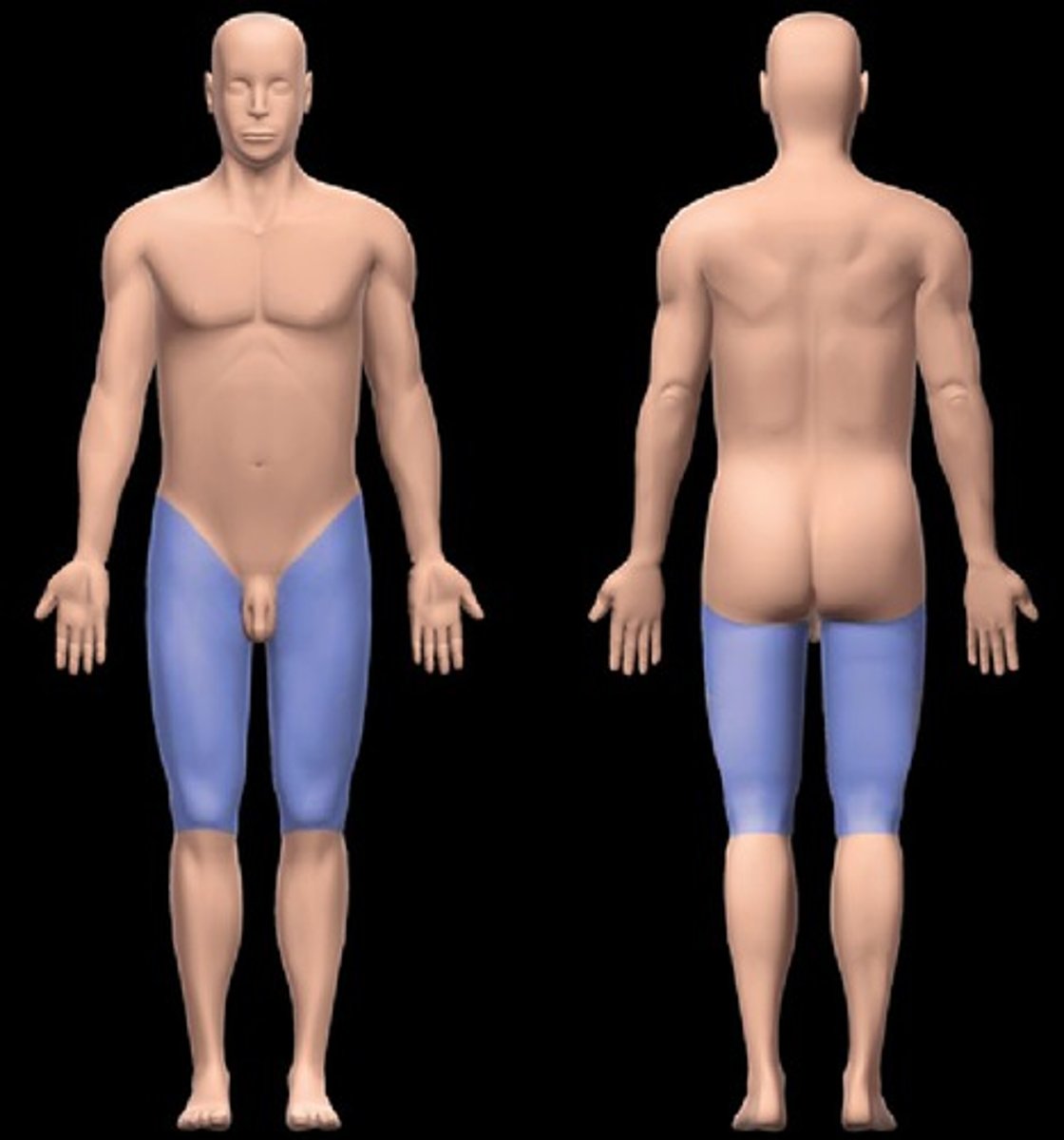
Gluteal
buttock

Inguinal
groin
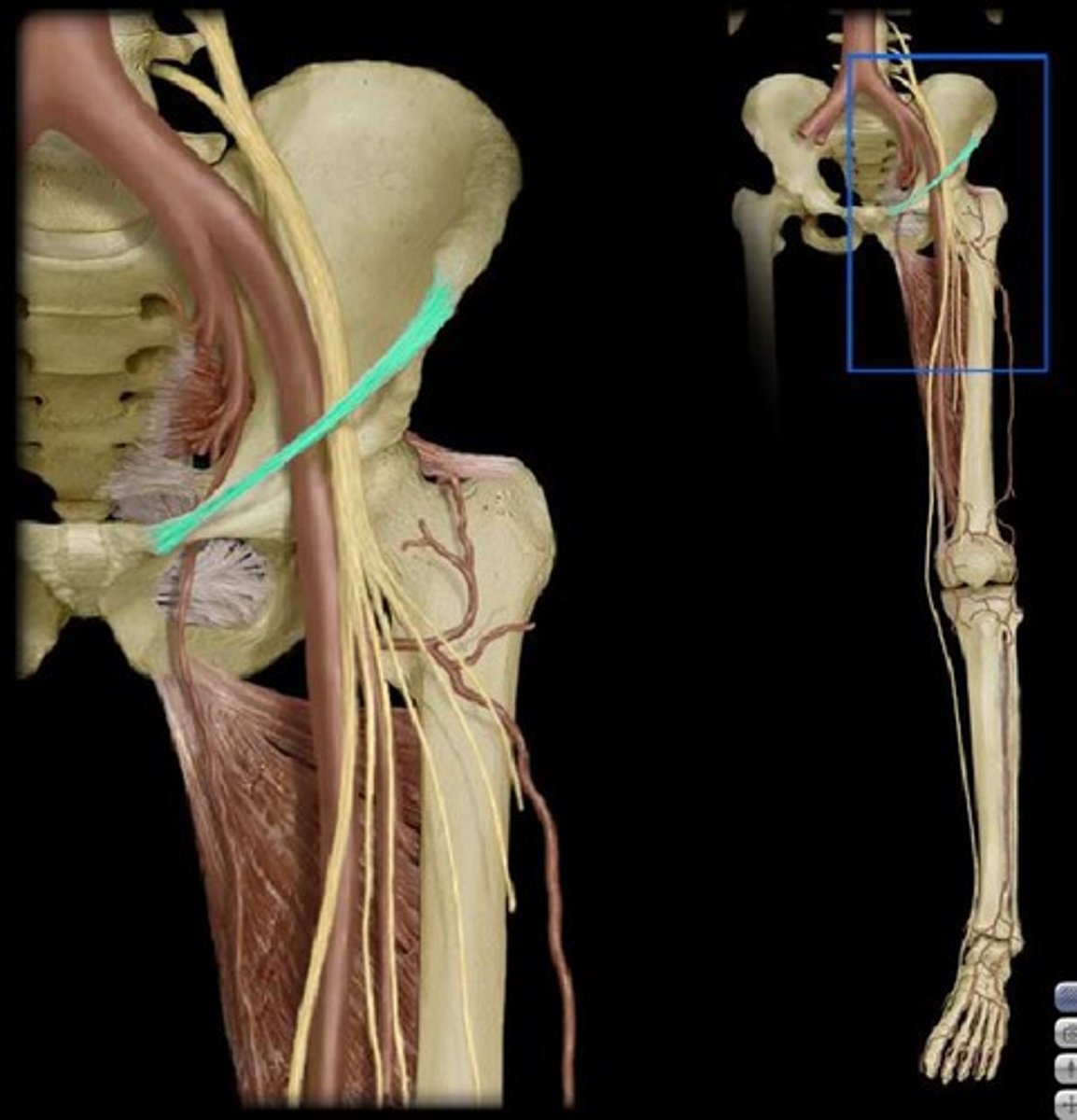
Lumbar
lower back
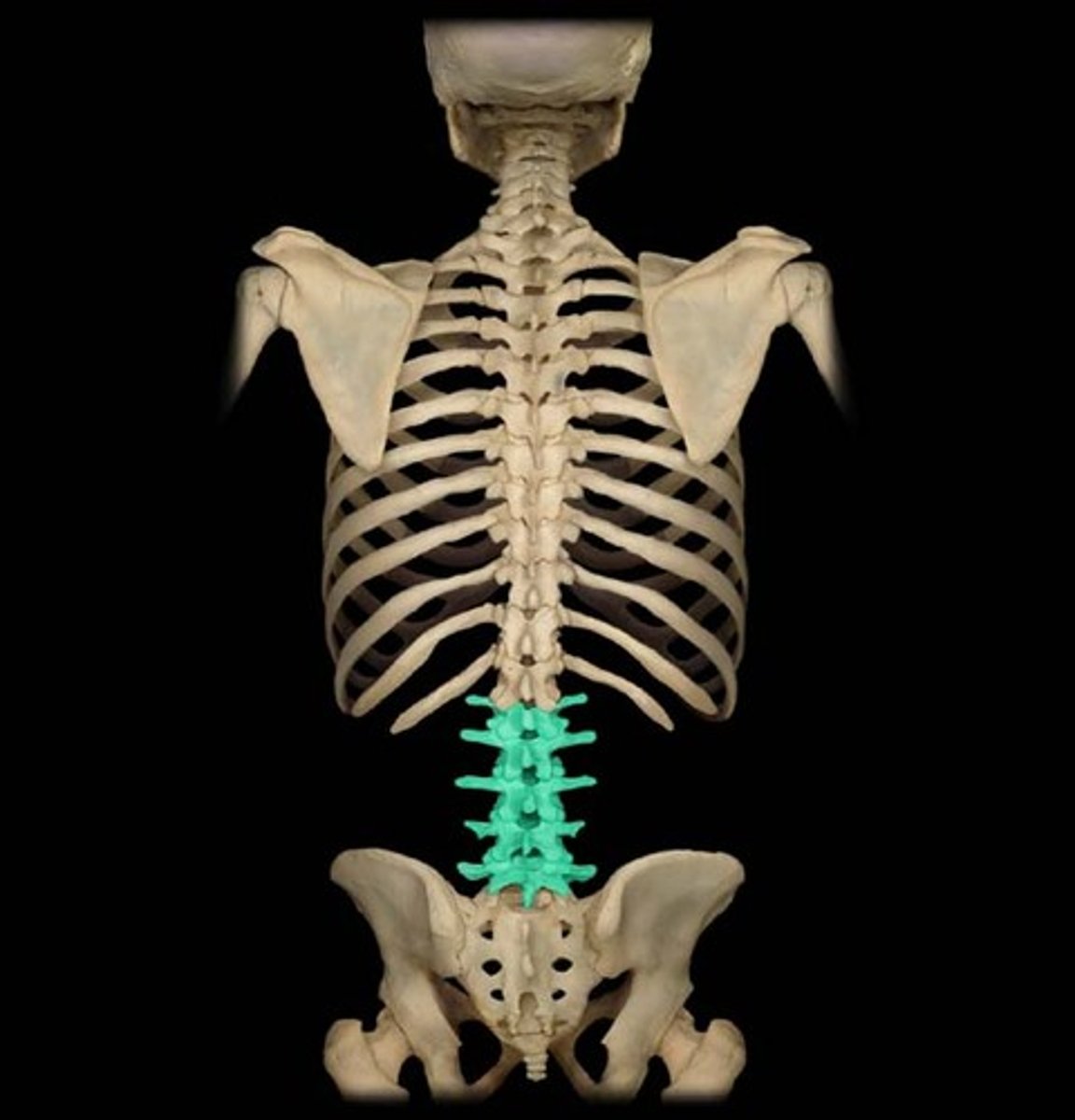
Nasal
nose
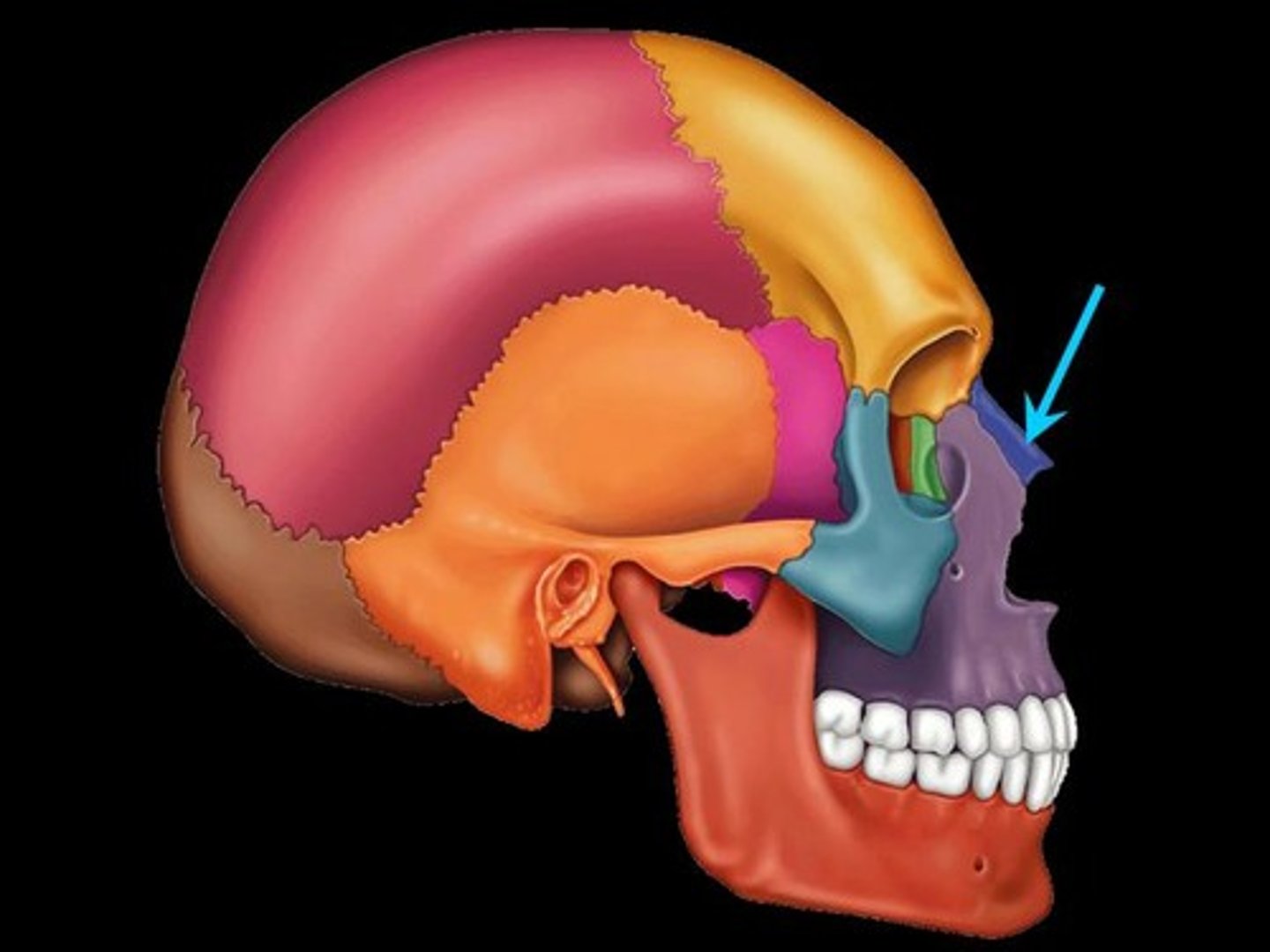
Occipital
back of head
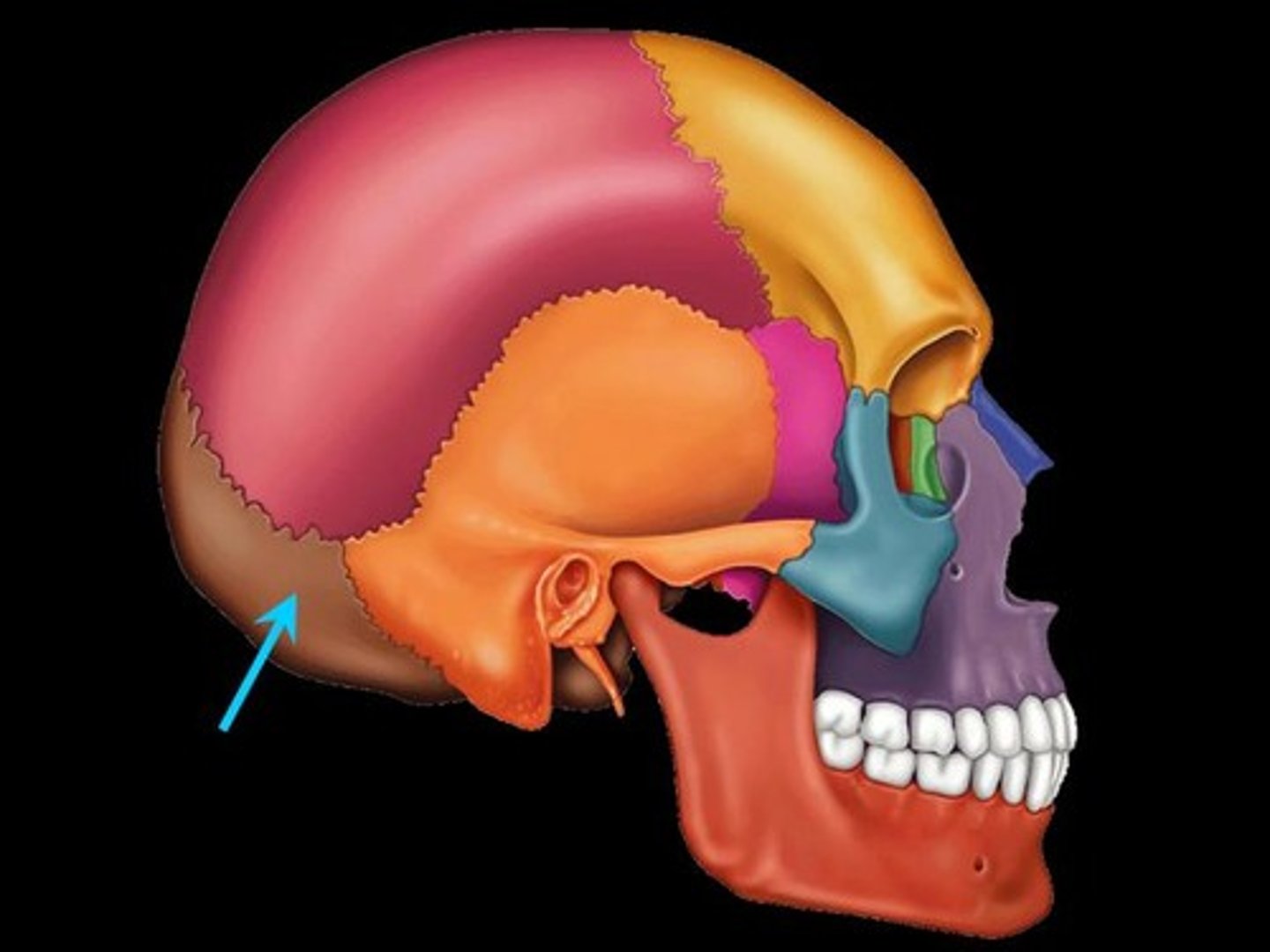
Olecranal
back of elbow
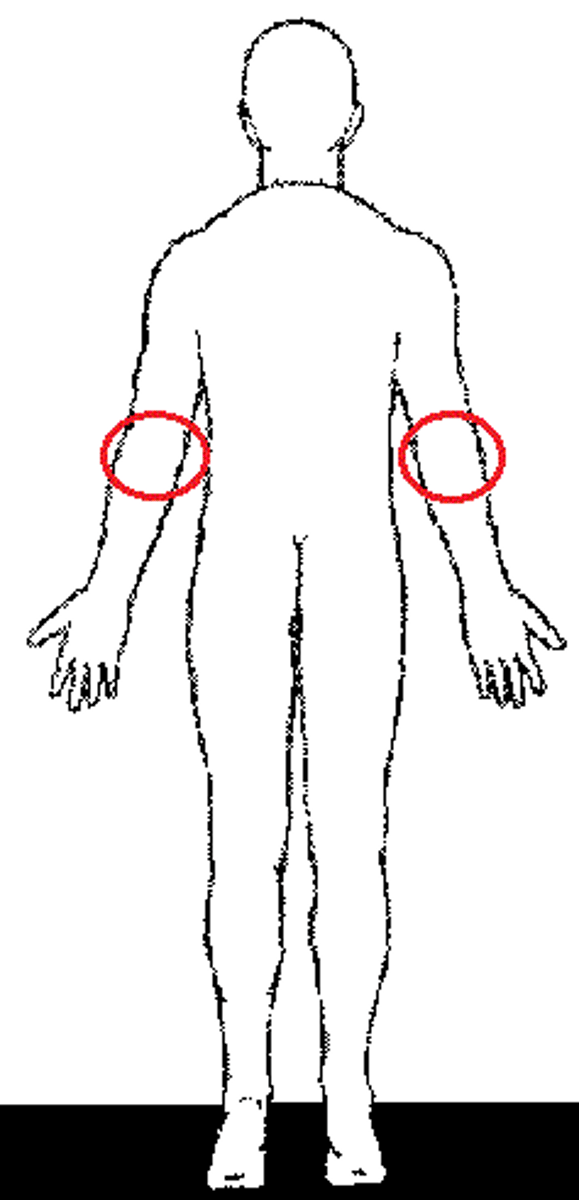
Oral
mouth
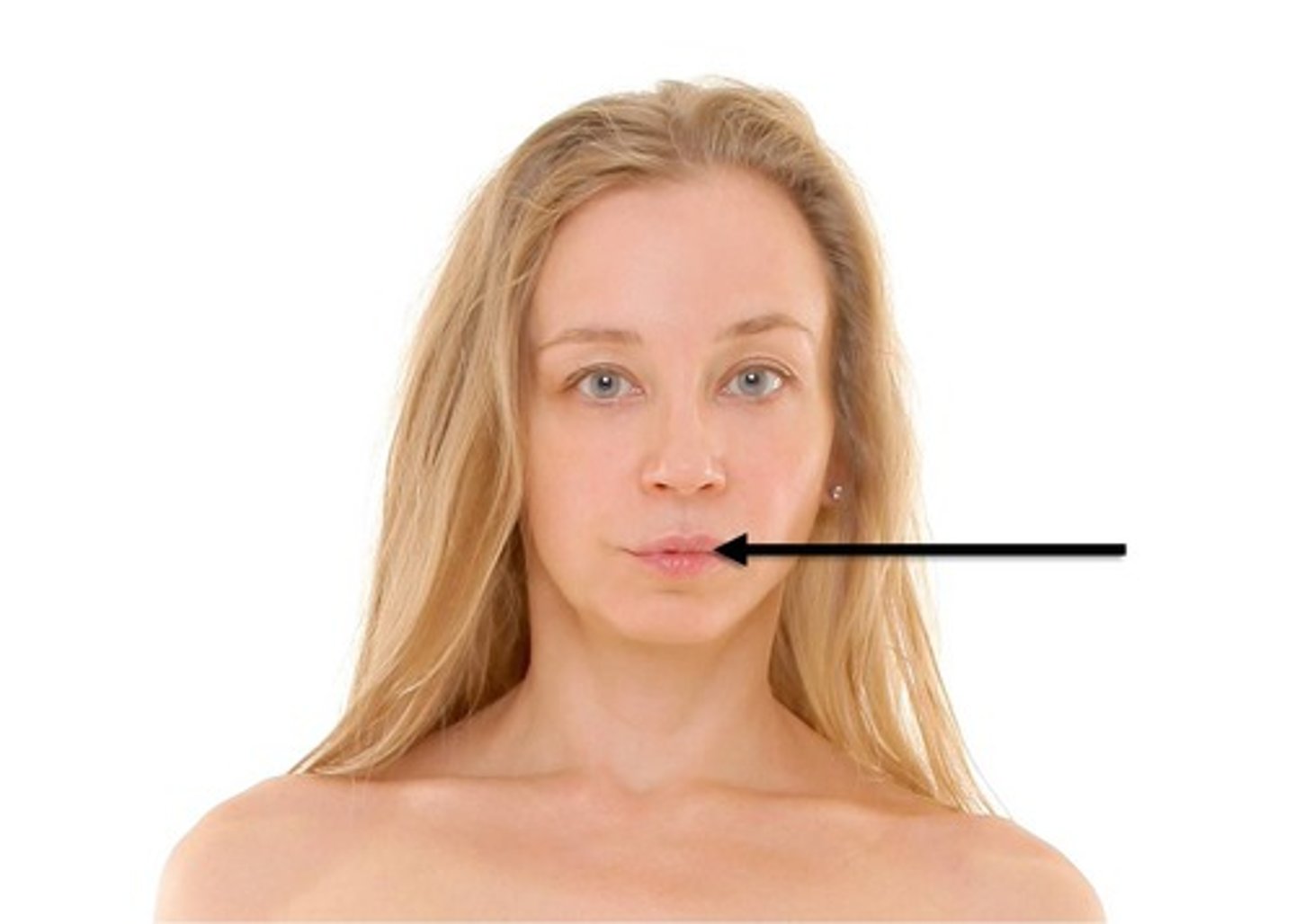
Orbital
eye
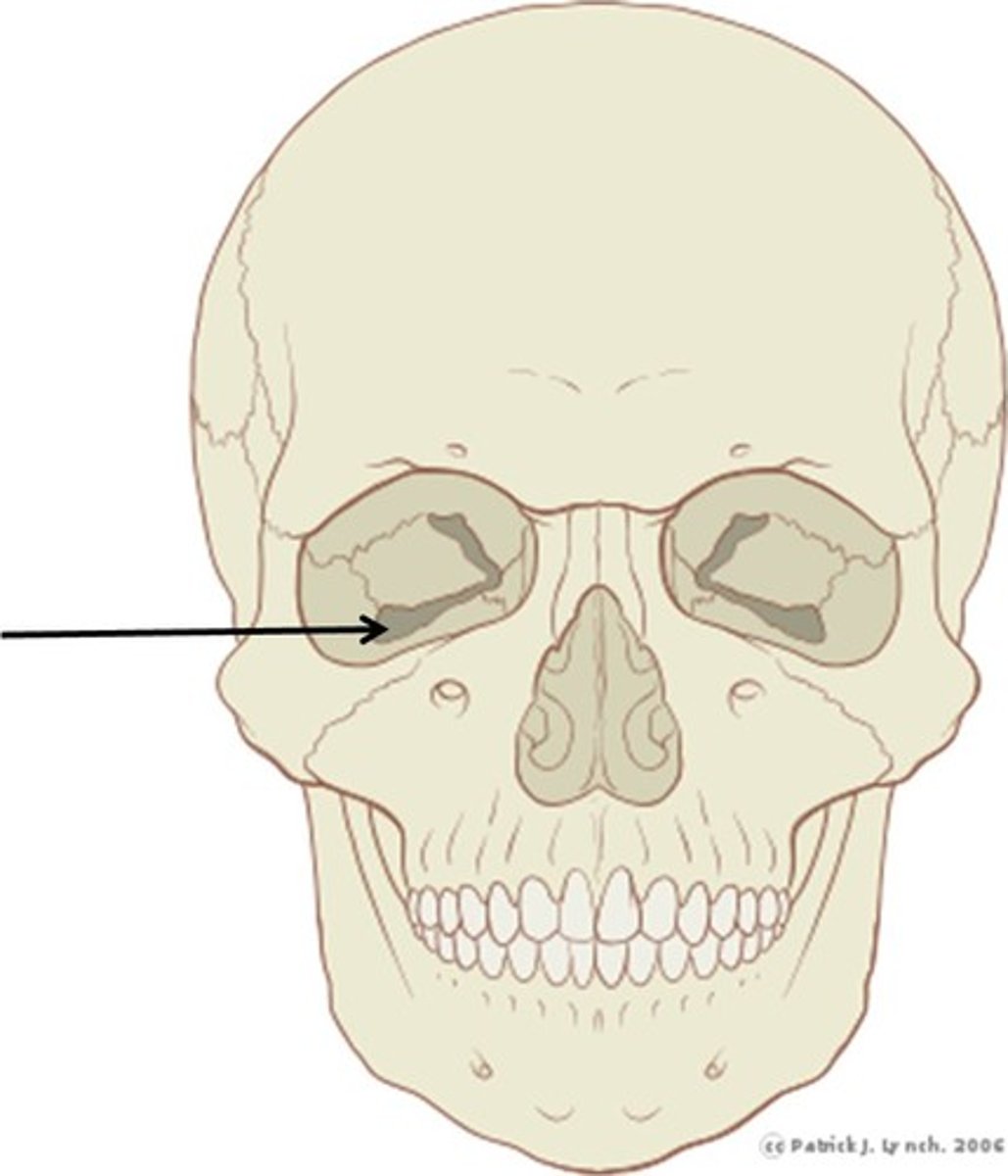
Patellar
kneecap

Pelvic
Located between the abdomen and the legs
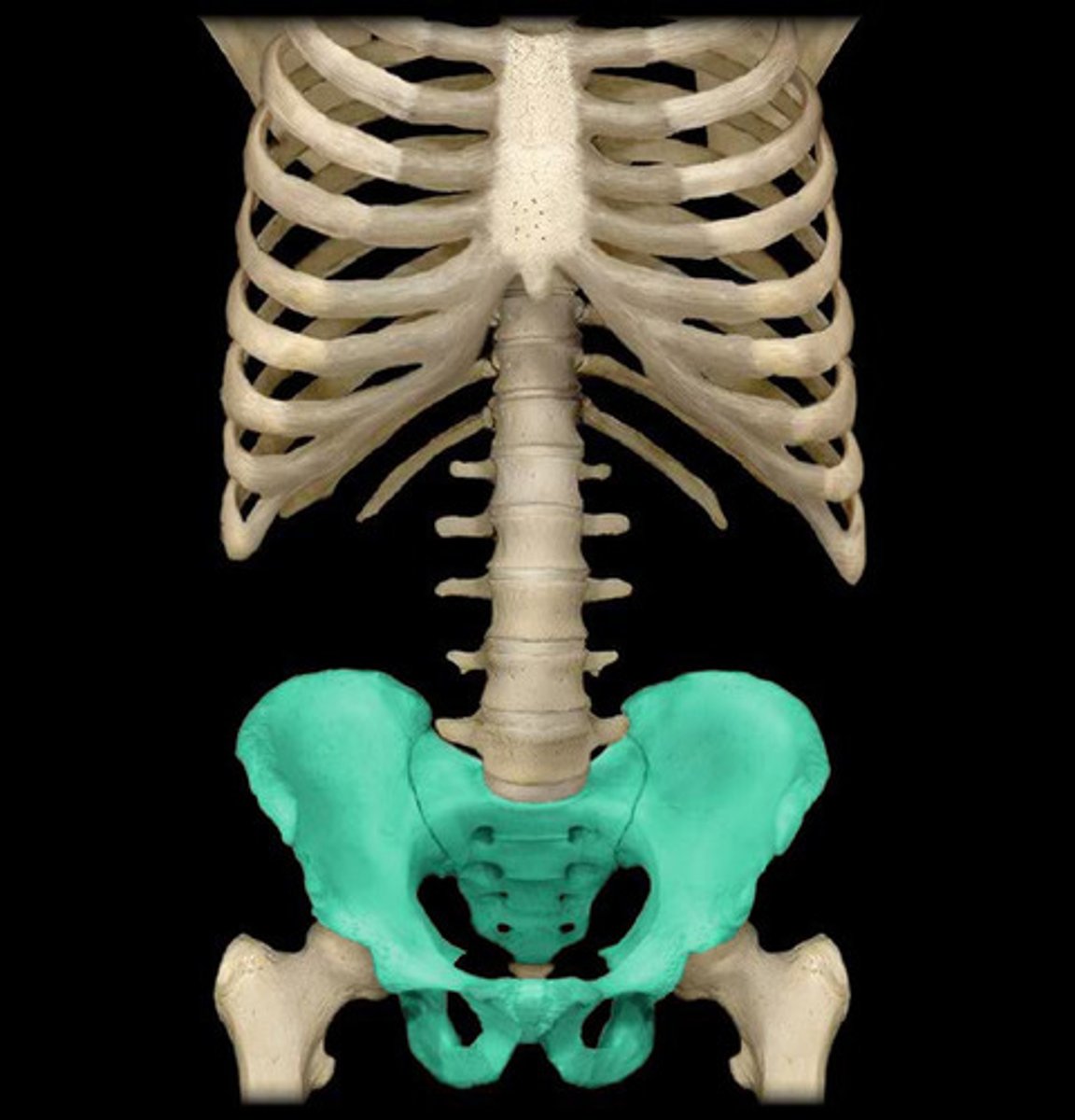
Popiteal
back of knee
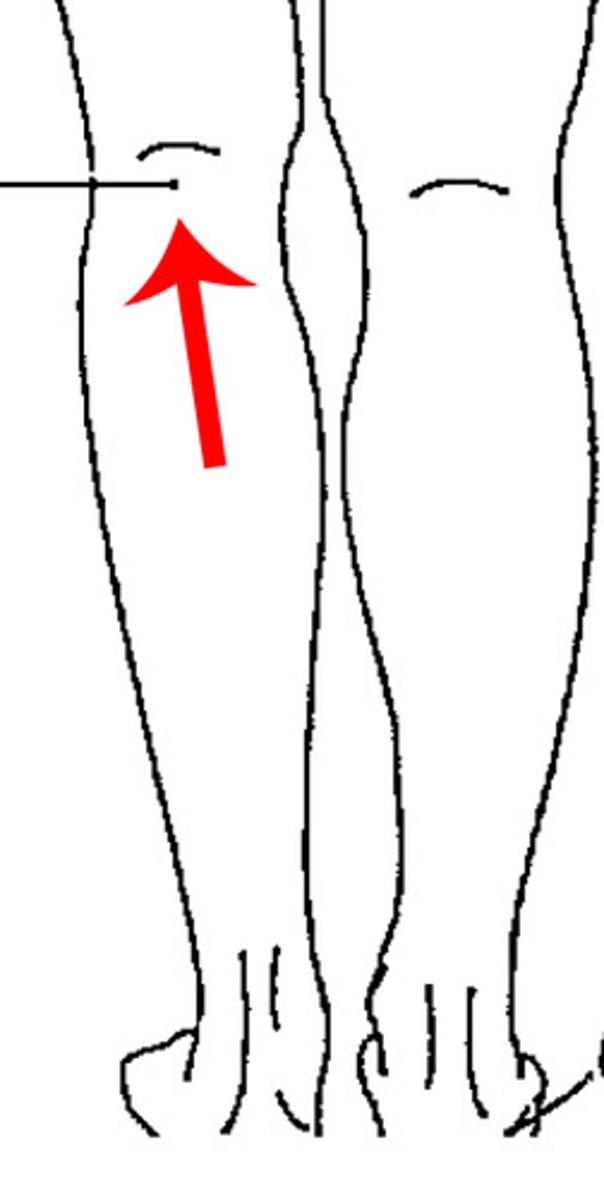
Sacral
between hips

Scapula
shoulder blade
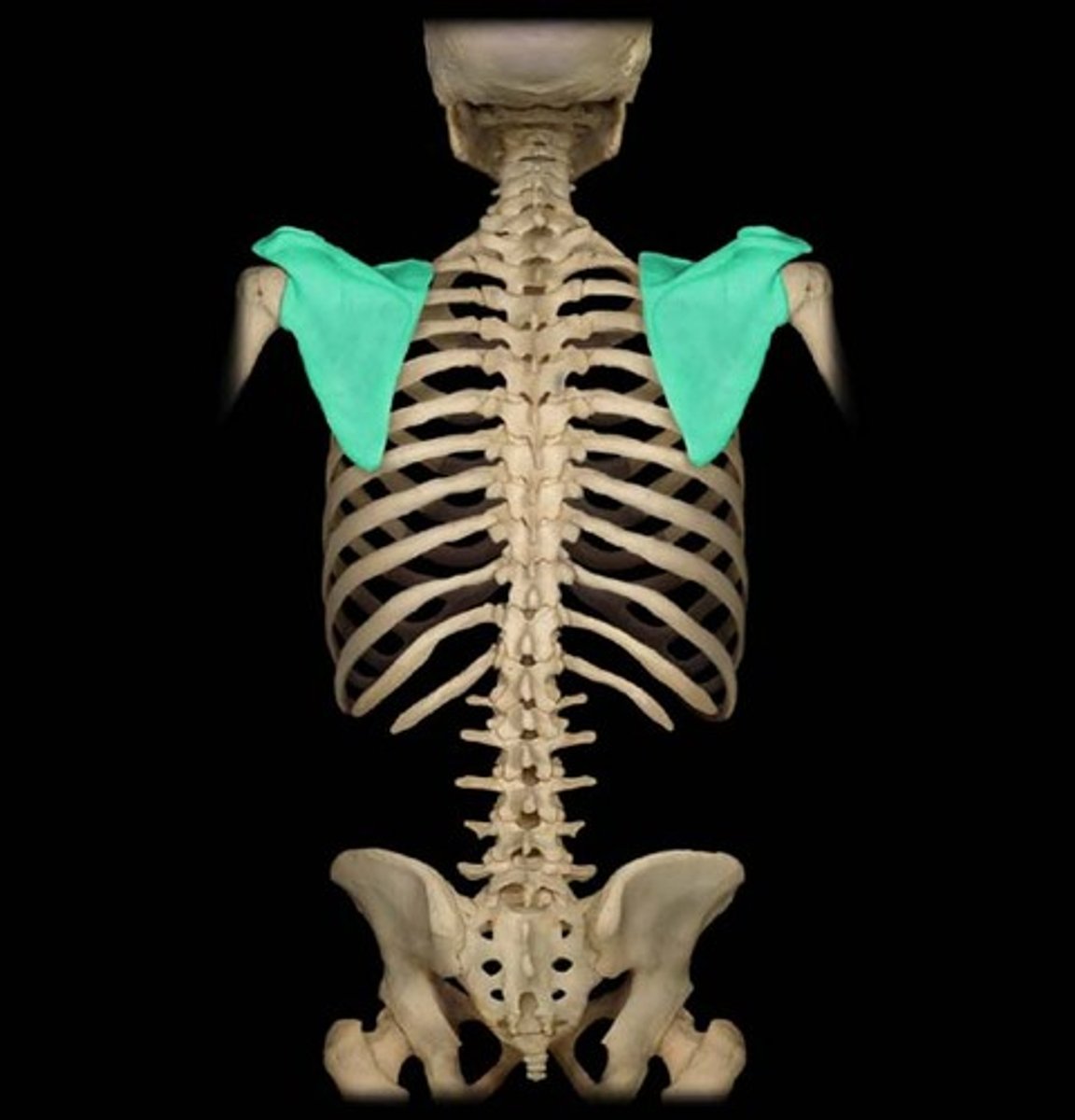
Sternal
breastbone
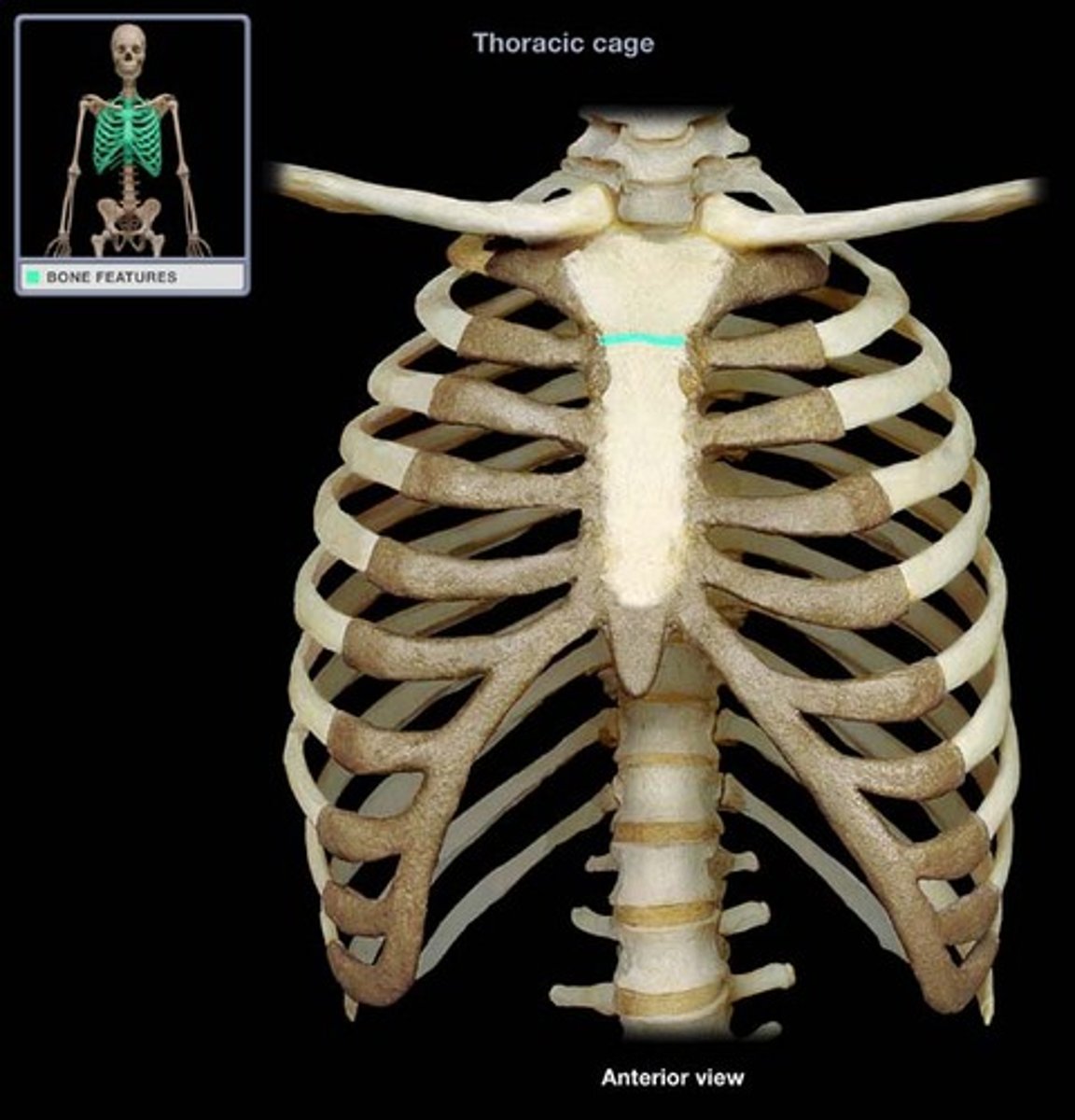
Tarsal
ankle
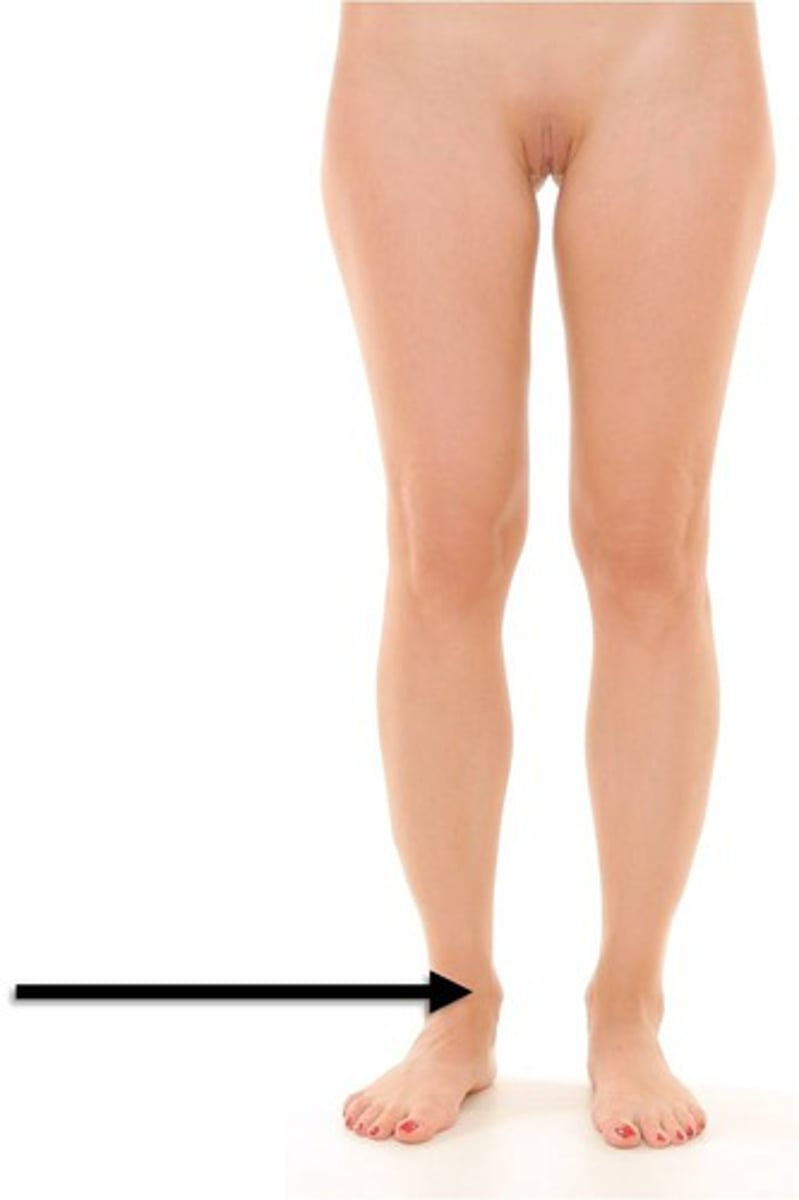
Thoracic
chest
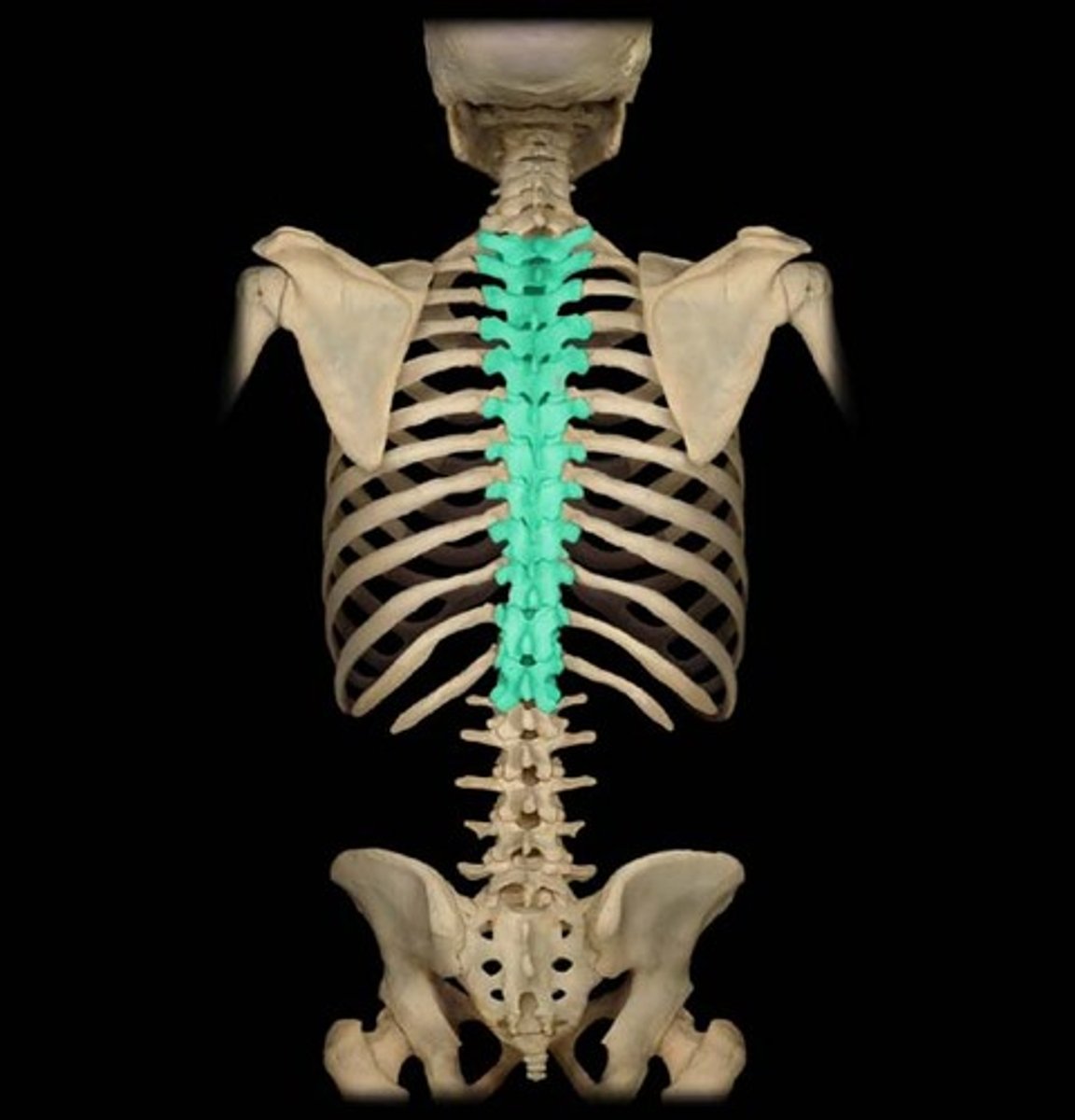
Umbilical
belly button
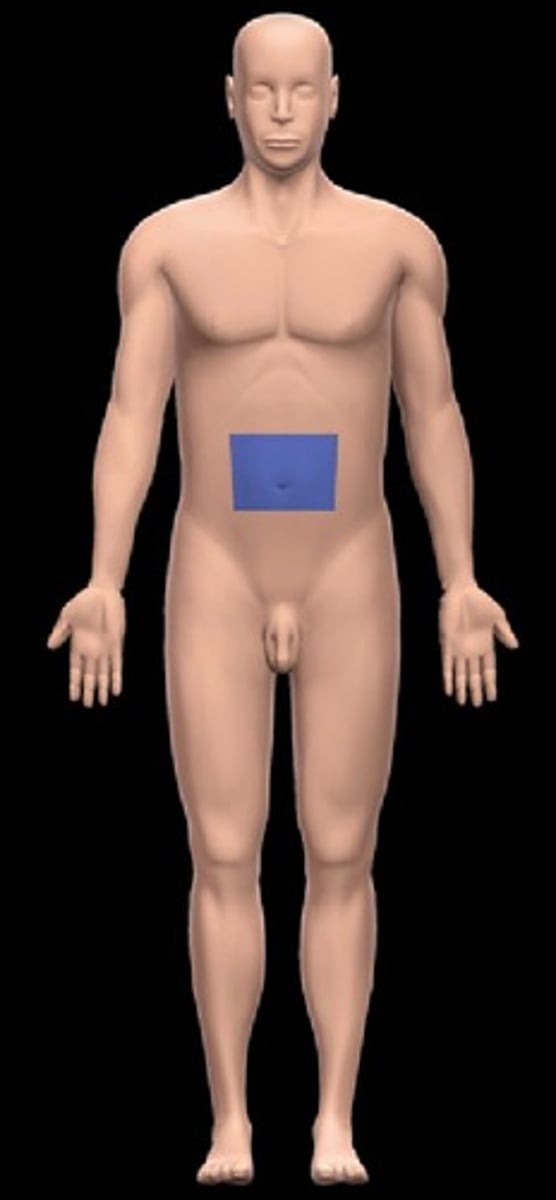
Vertebral
spine
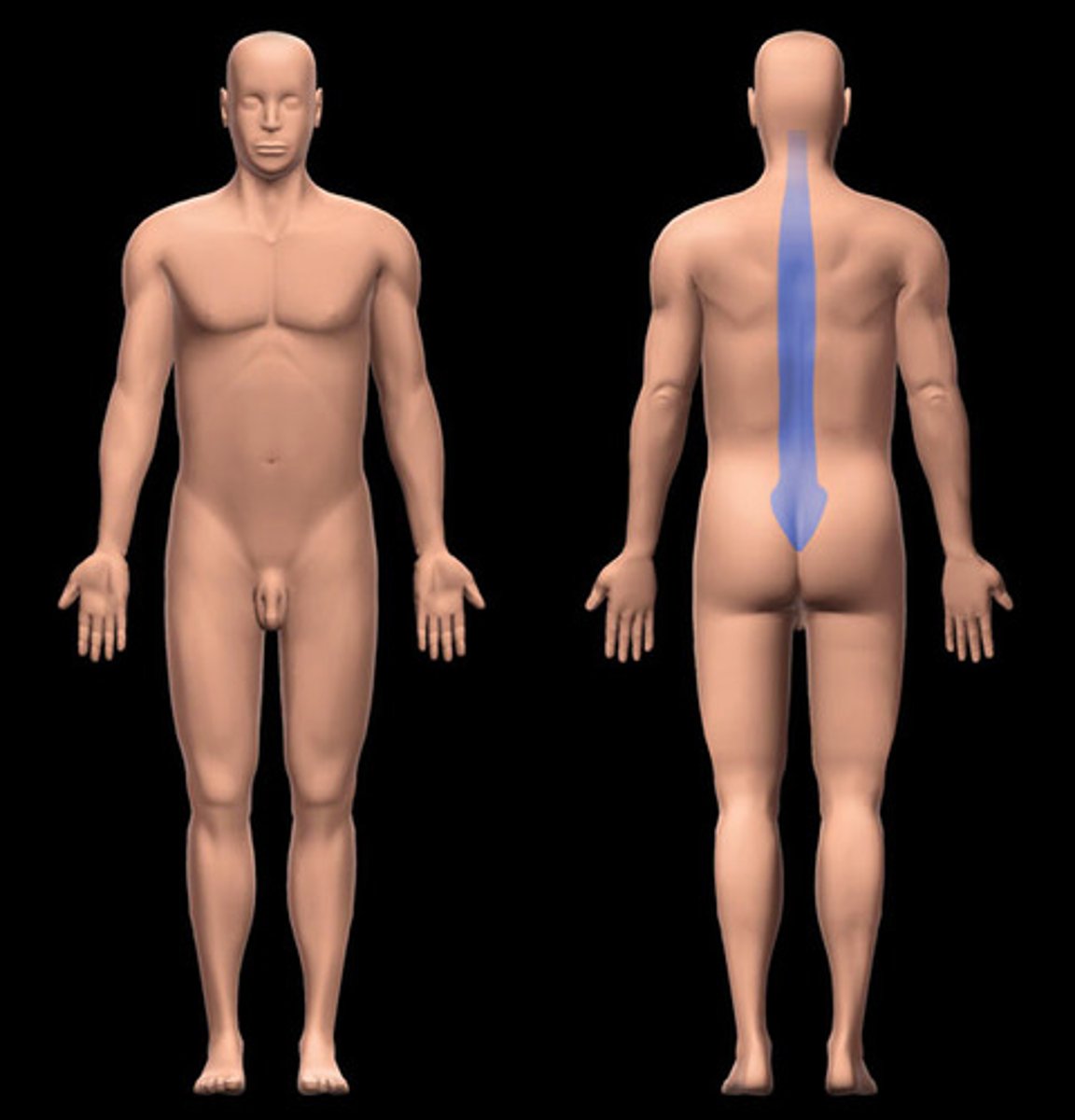
Mandible
lower jaw
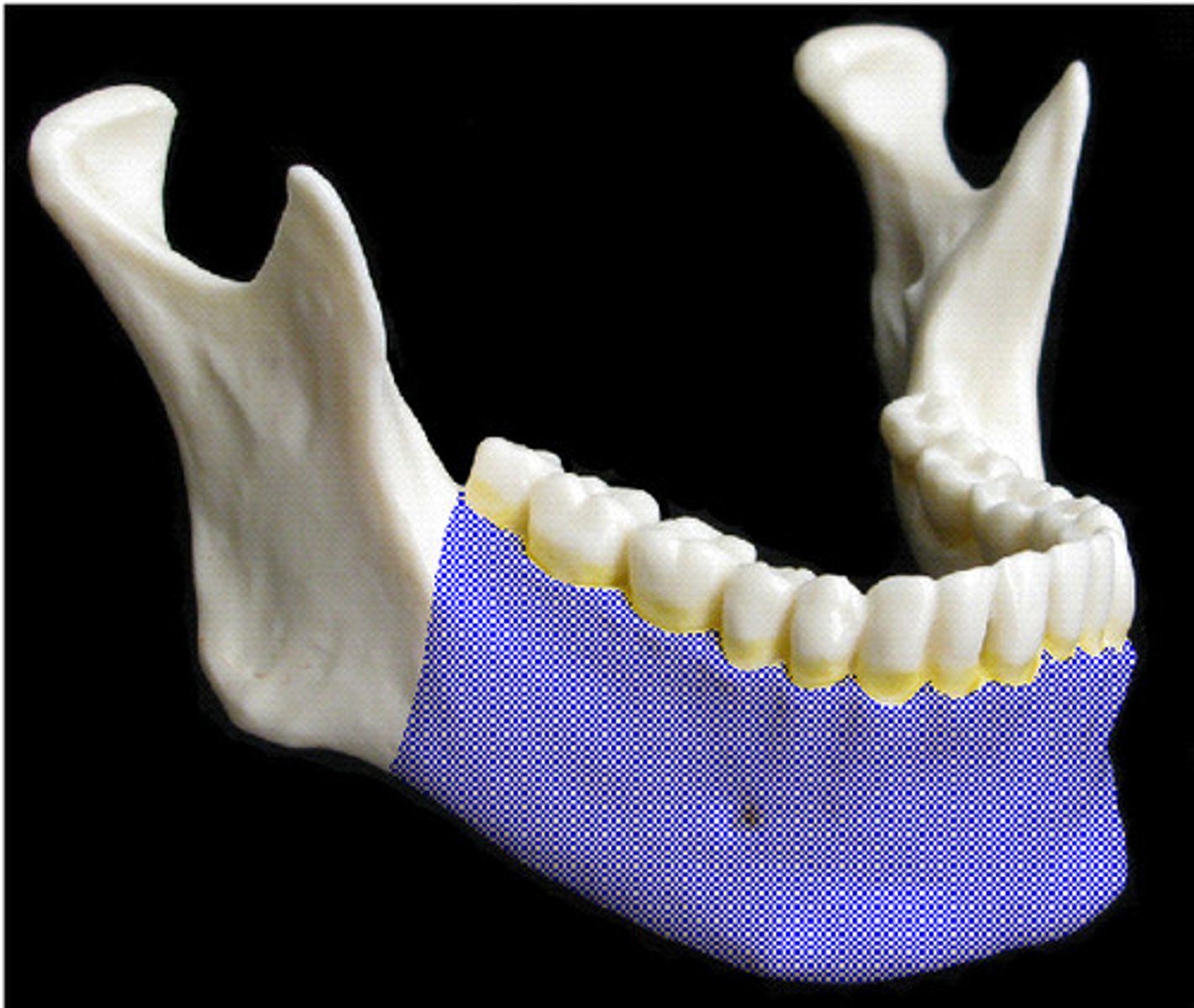
Maxilla
upper jaw
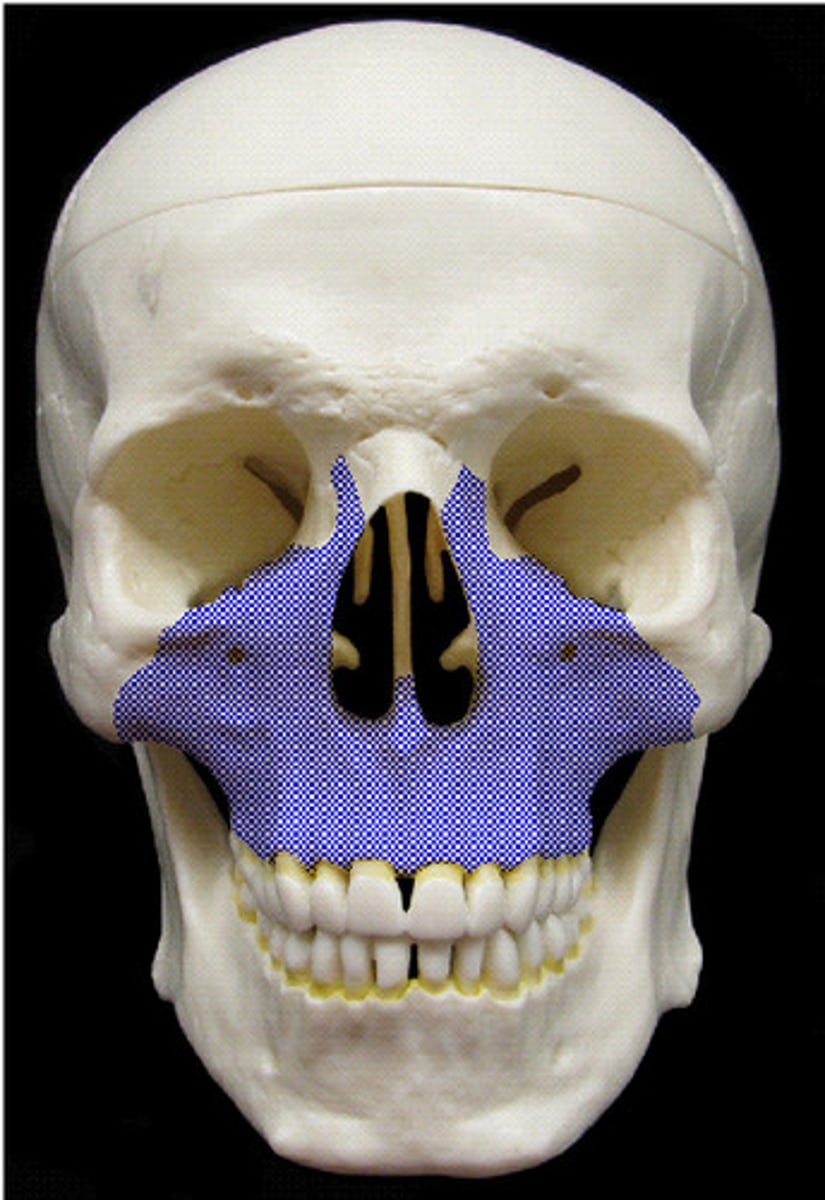
Zygomatic bone
cheek bone
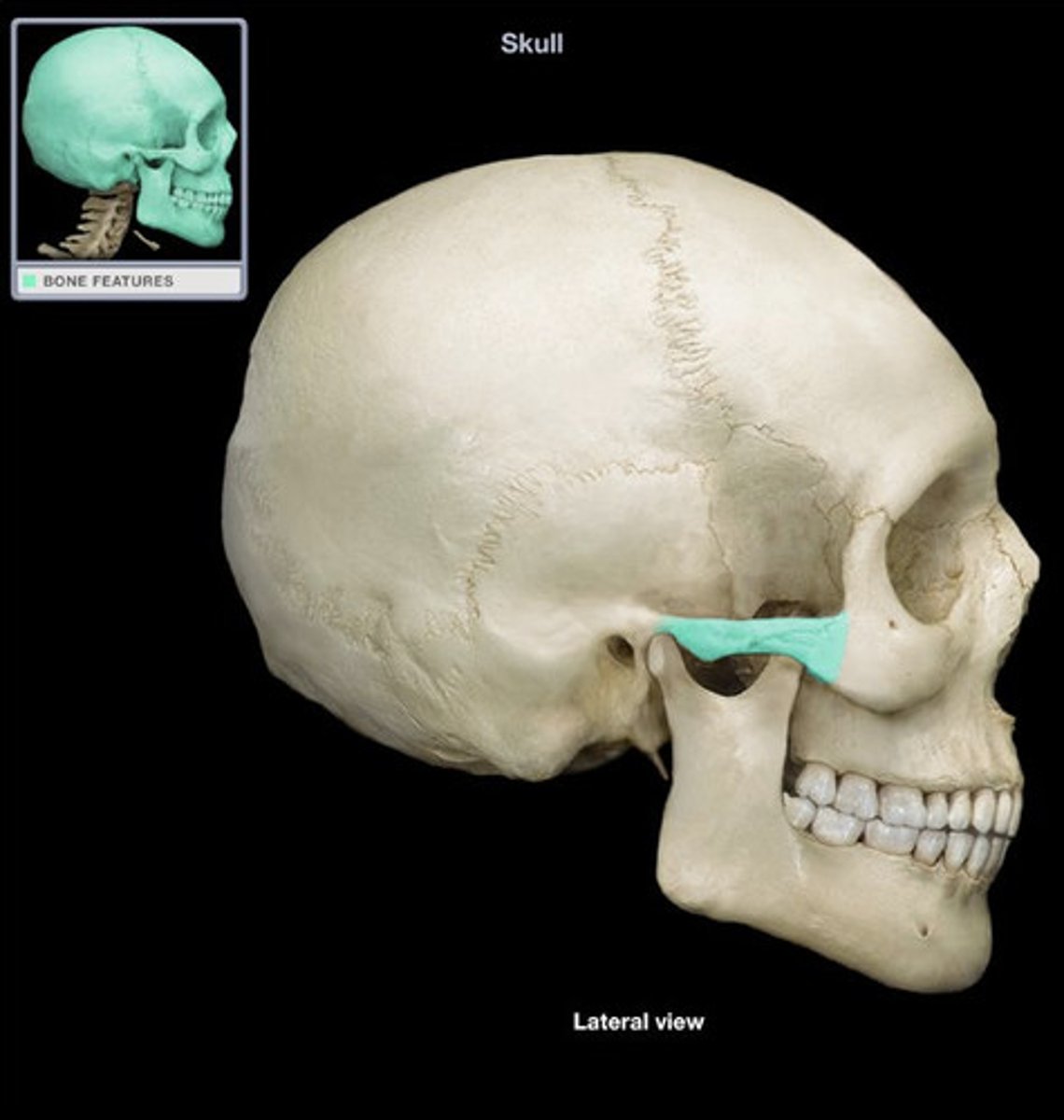
Frontal Bone
forehead
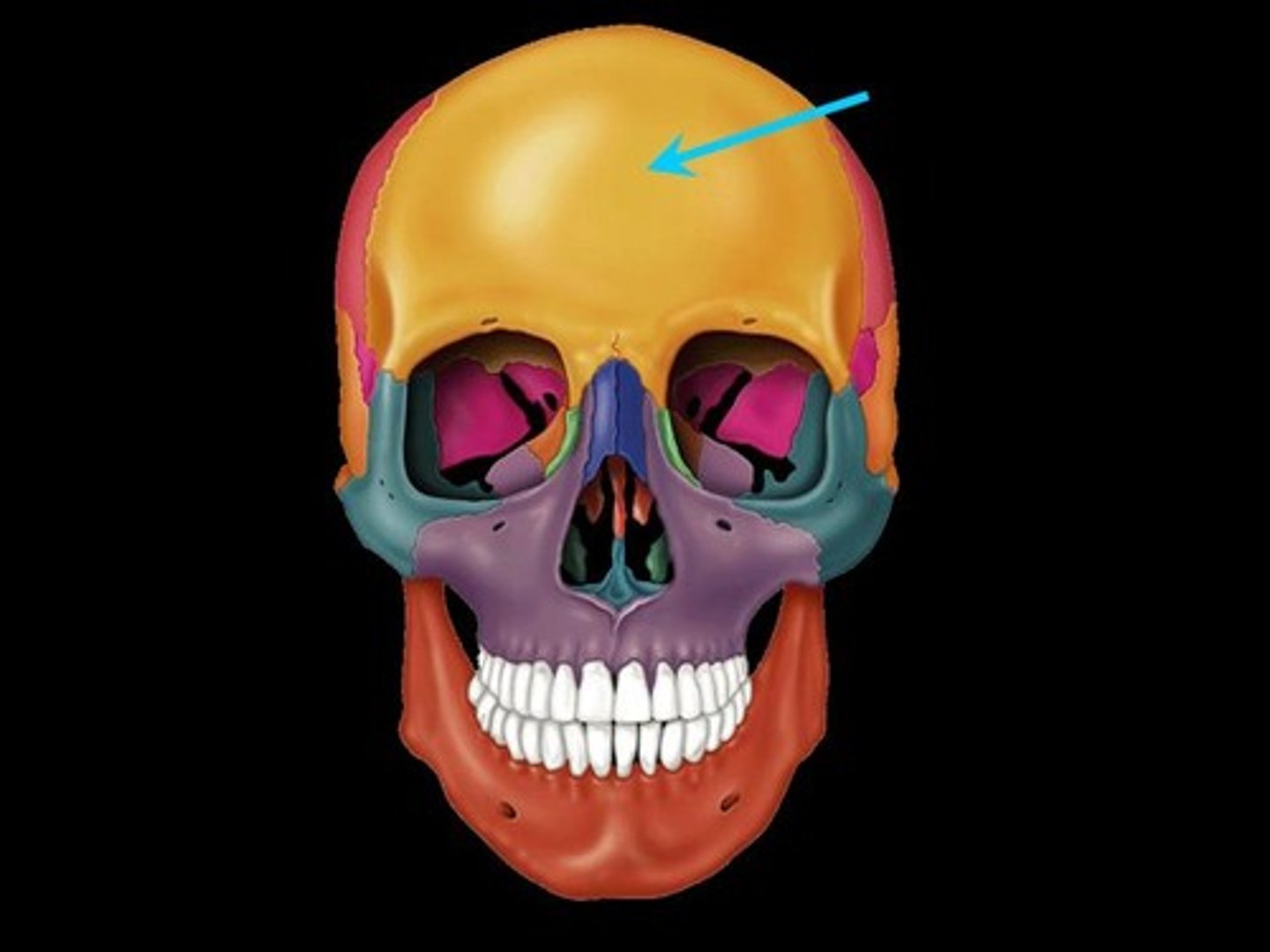
Temporal Bone
bone that forms parts of the side of the skull and floor of the cranial activity. There is a right and left temporal bone.
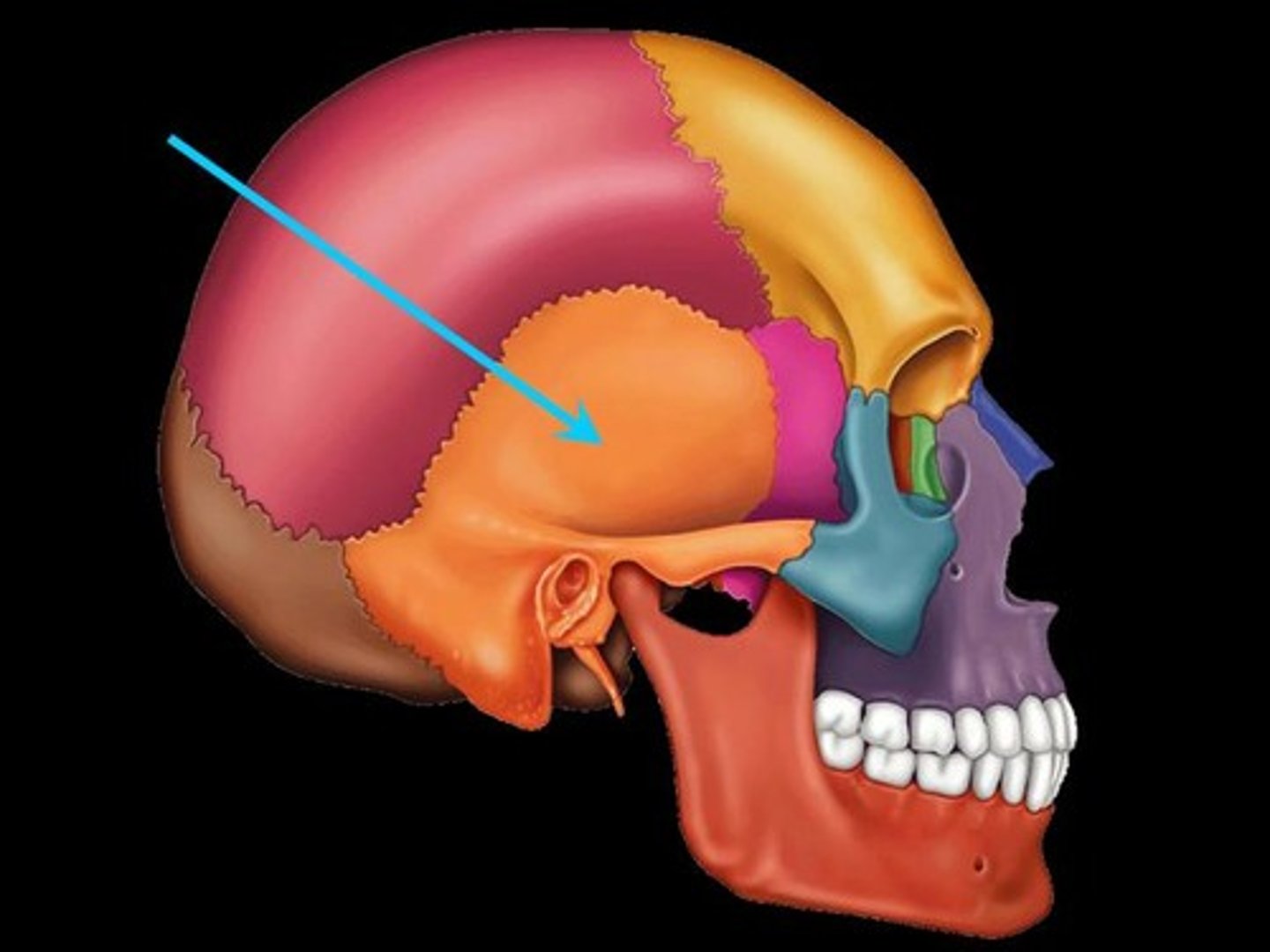
Occipital
back of head
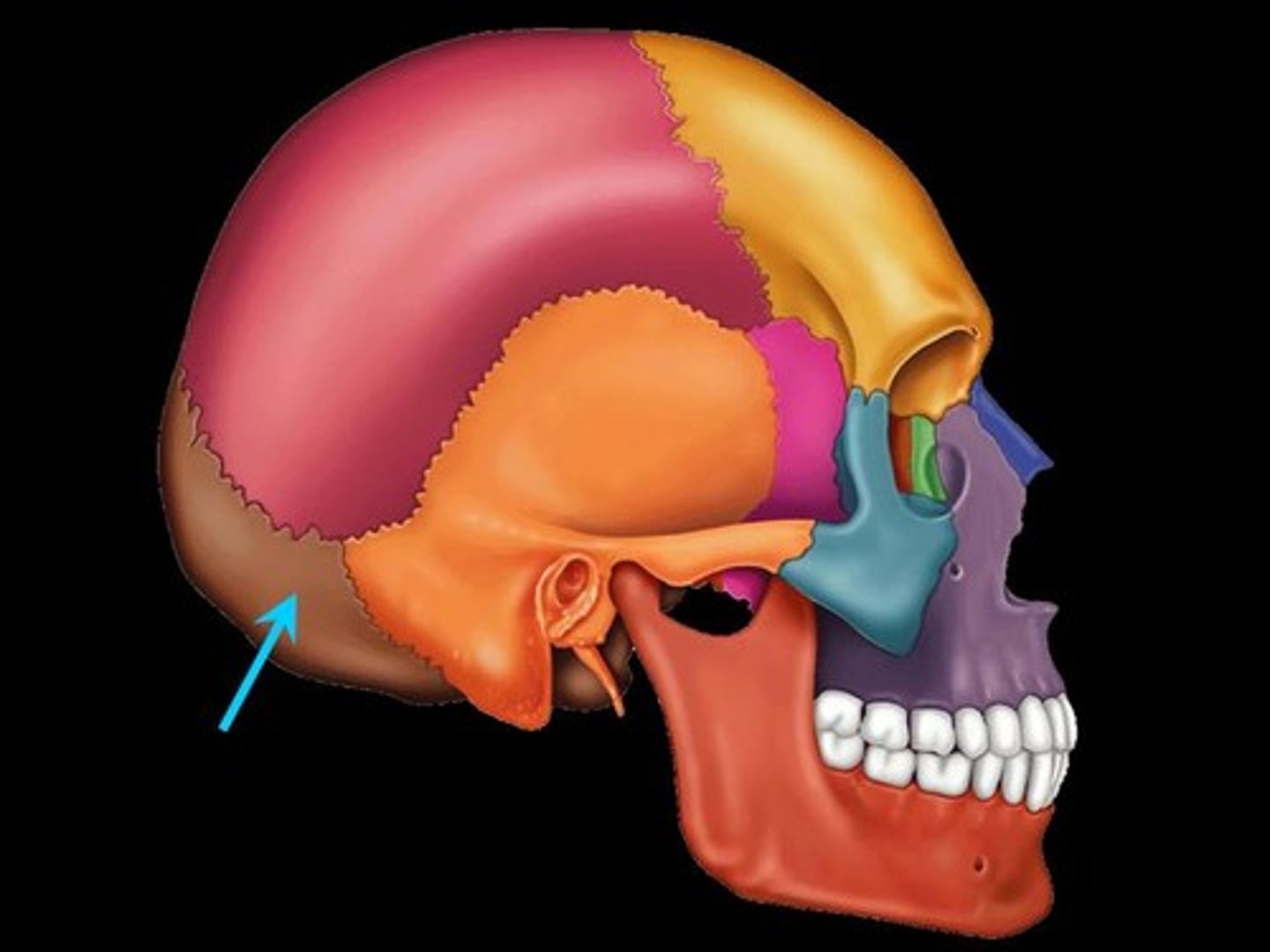
Parietal Bone
either of two skull bones between the frontal and occipital bones and forming the top and sides of the cranium
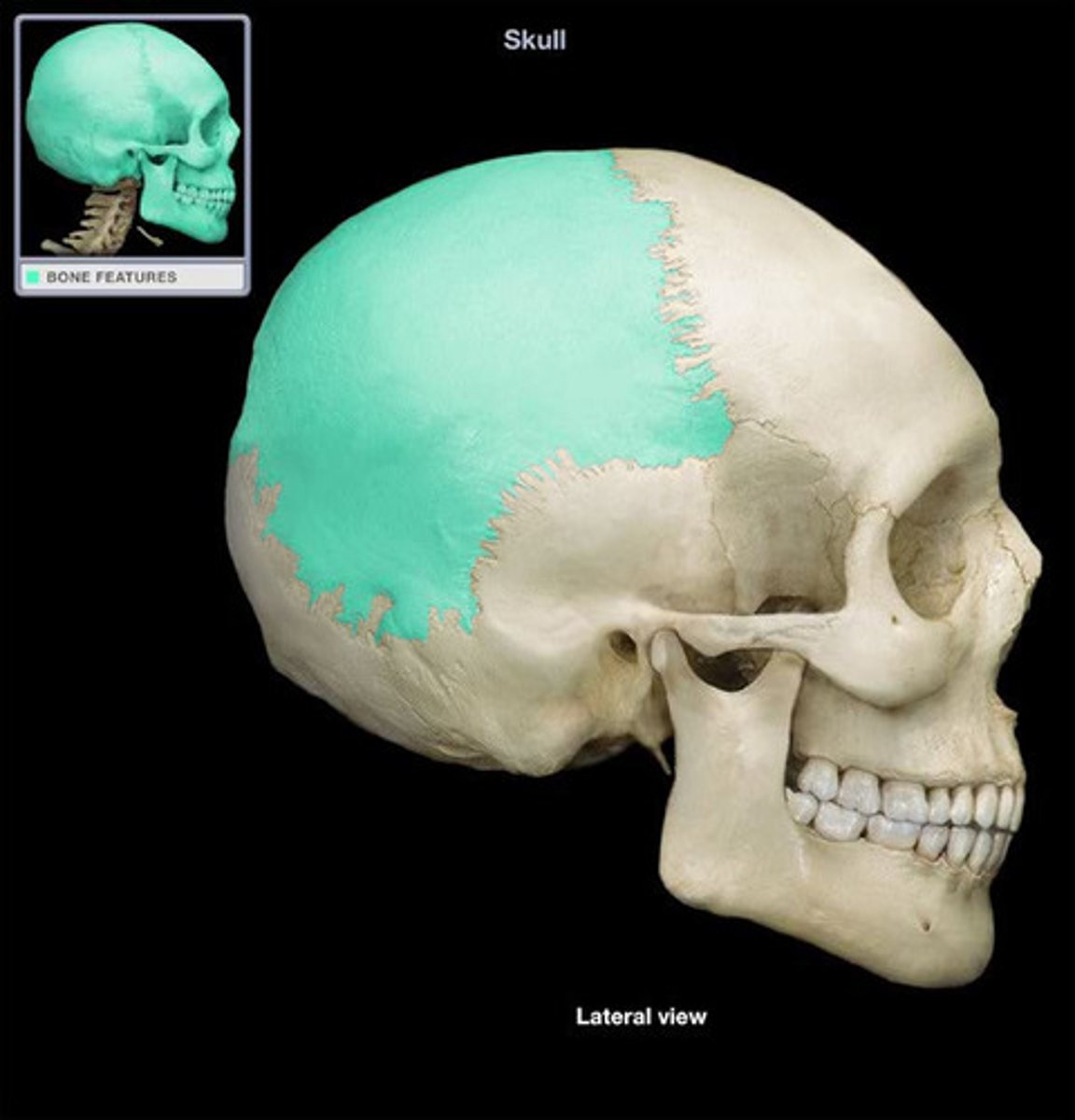
orbicularis oris
closes lips
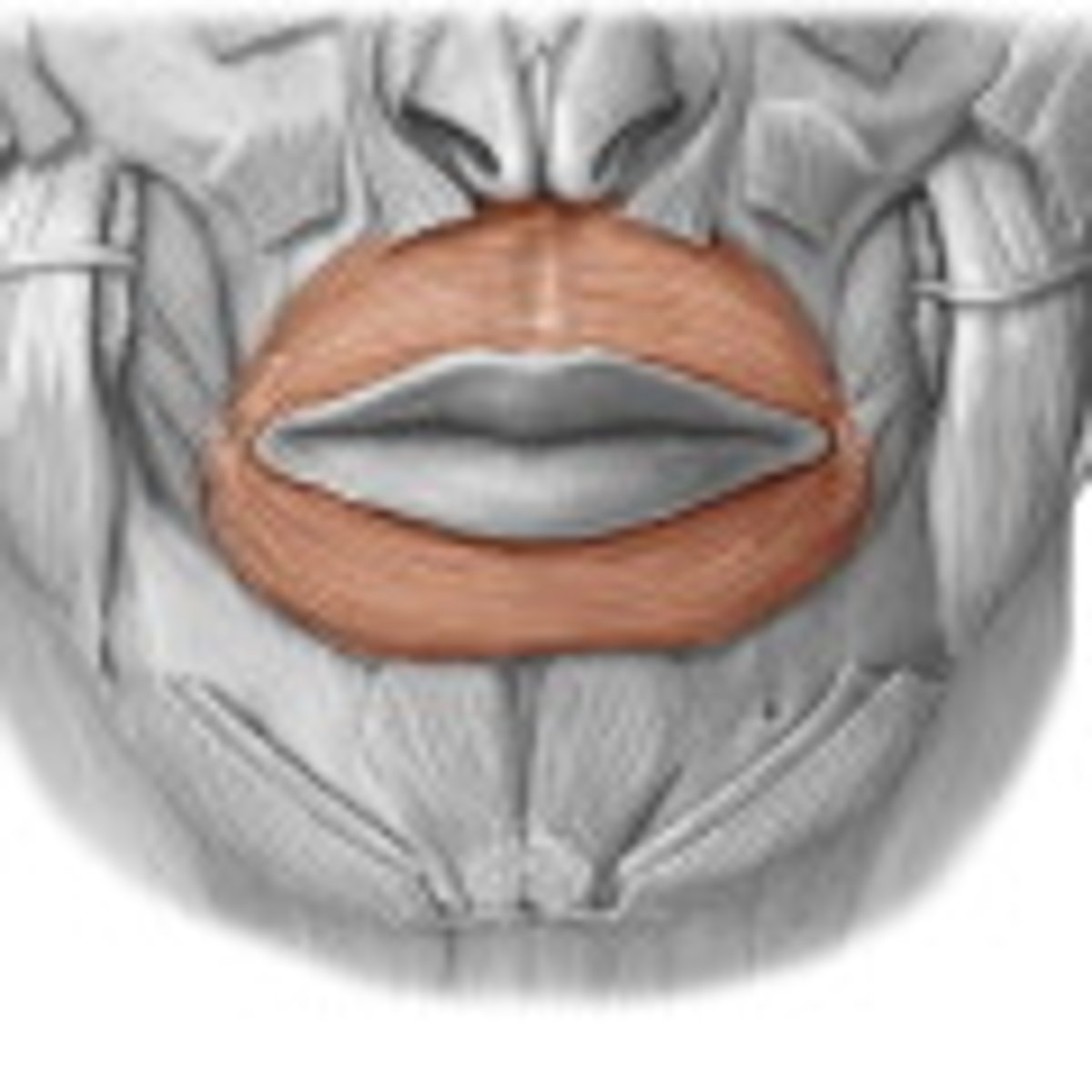
orbicularis oculi
closes eye
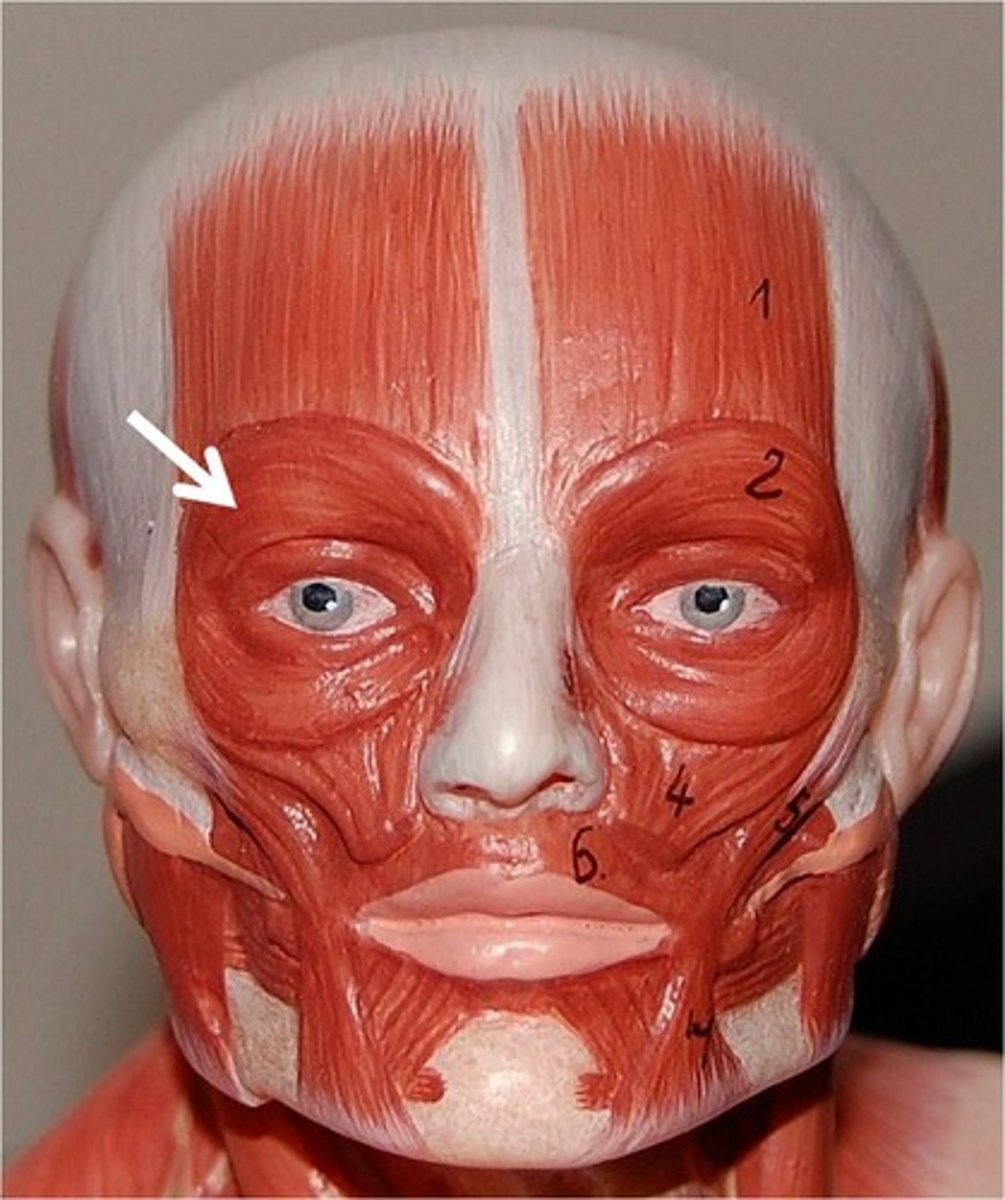
Temporalis
closes jaw
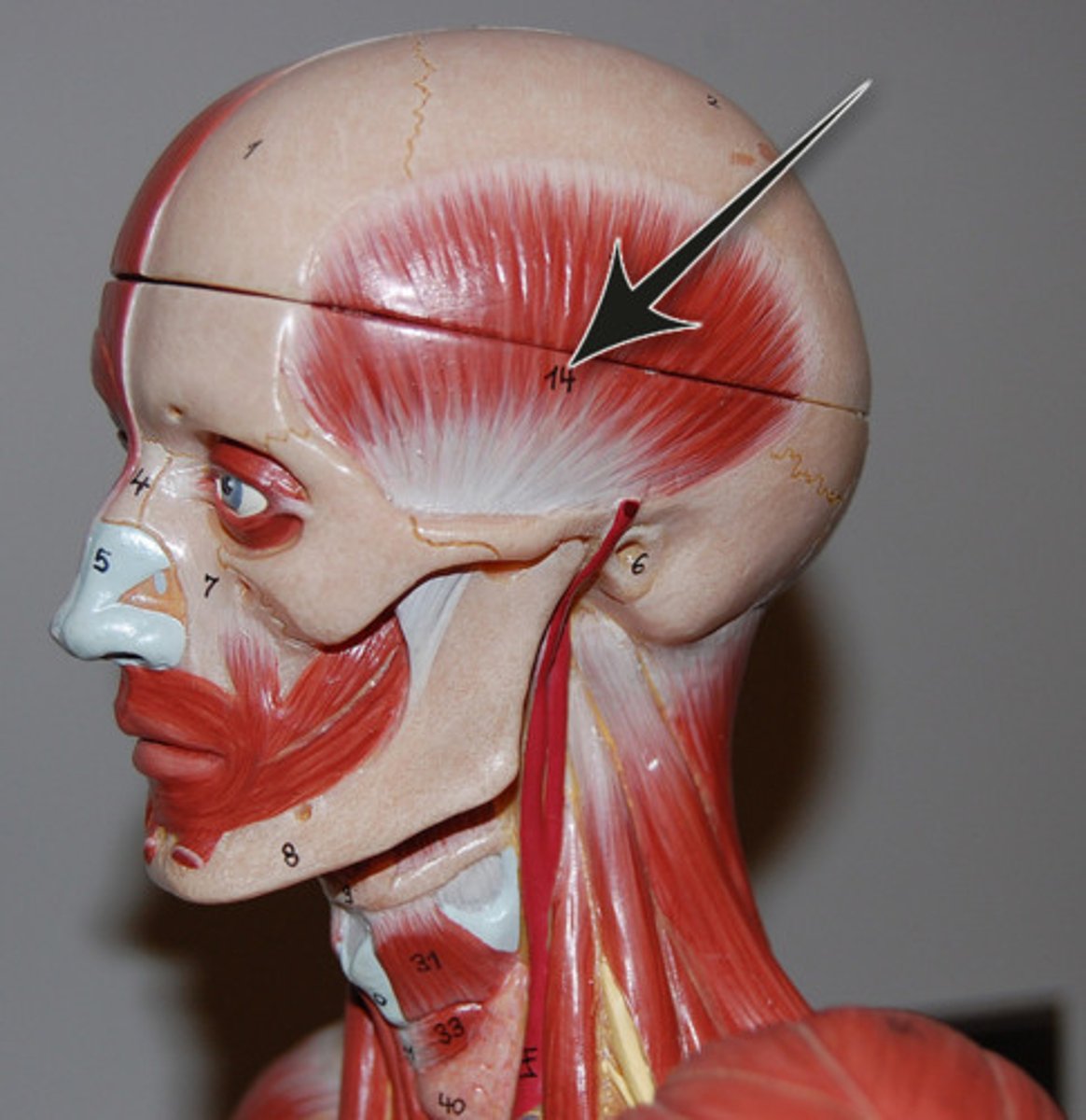
skull
cranium
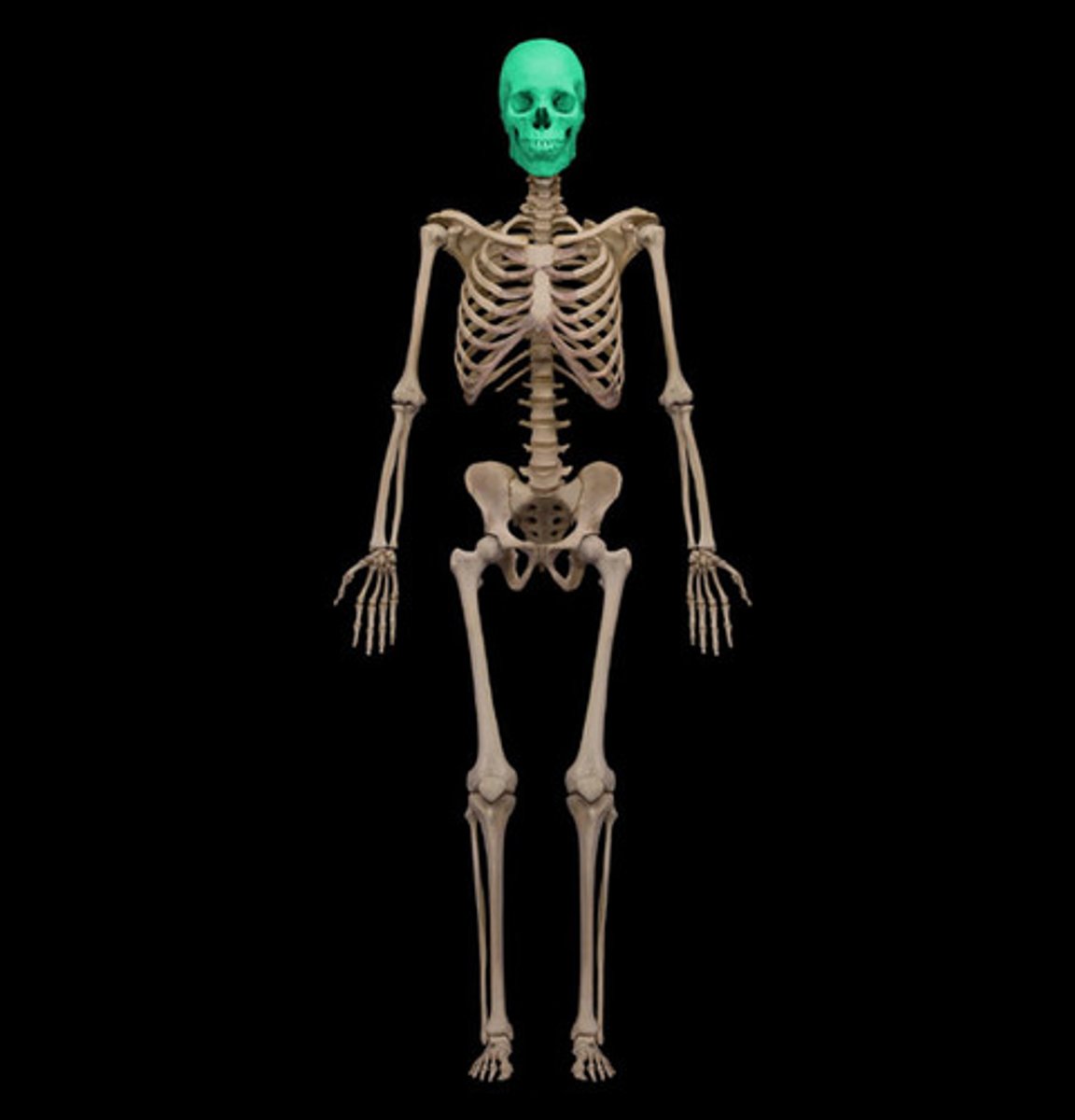
Mandible
lower jaw
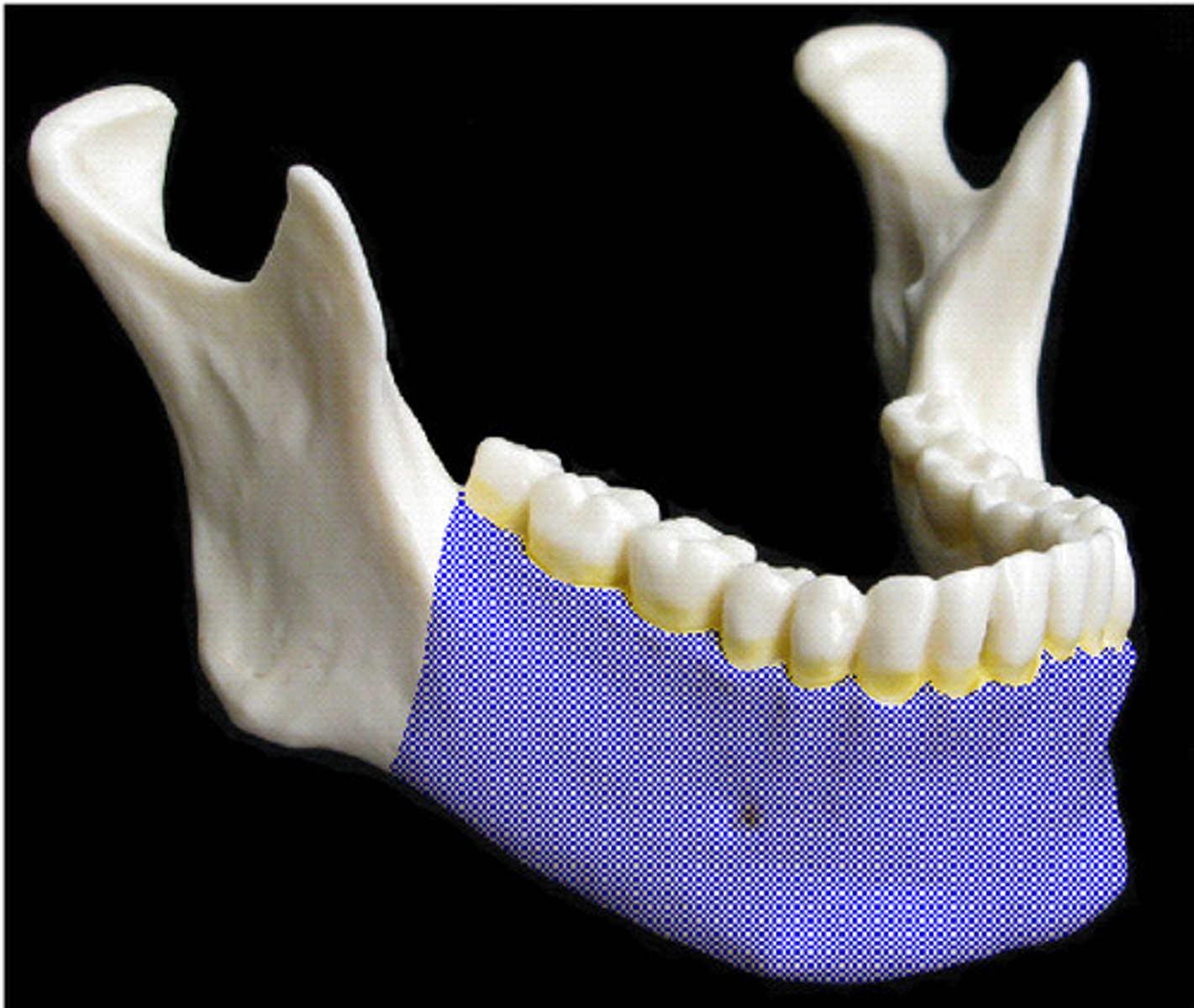
Sternum
breastbone
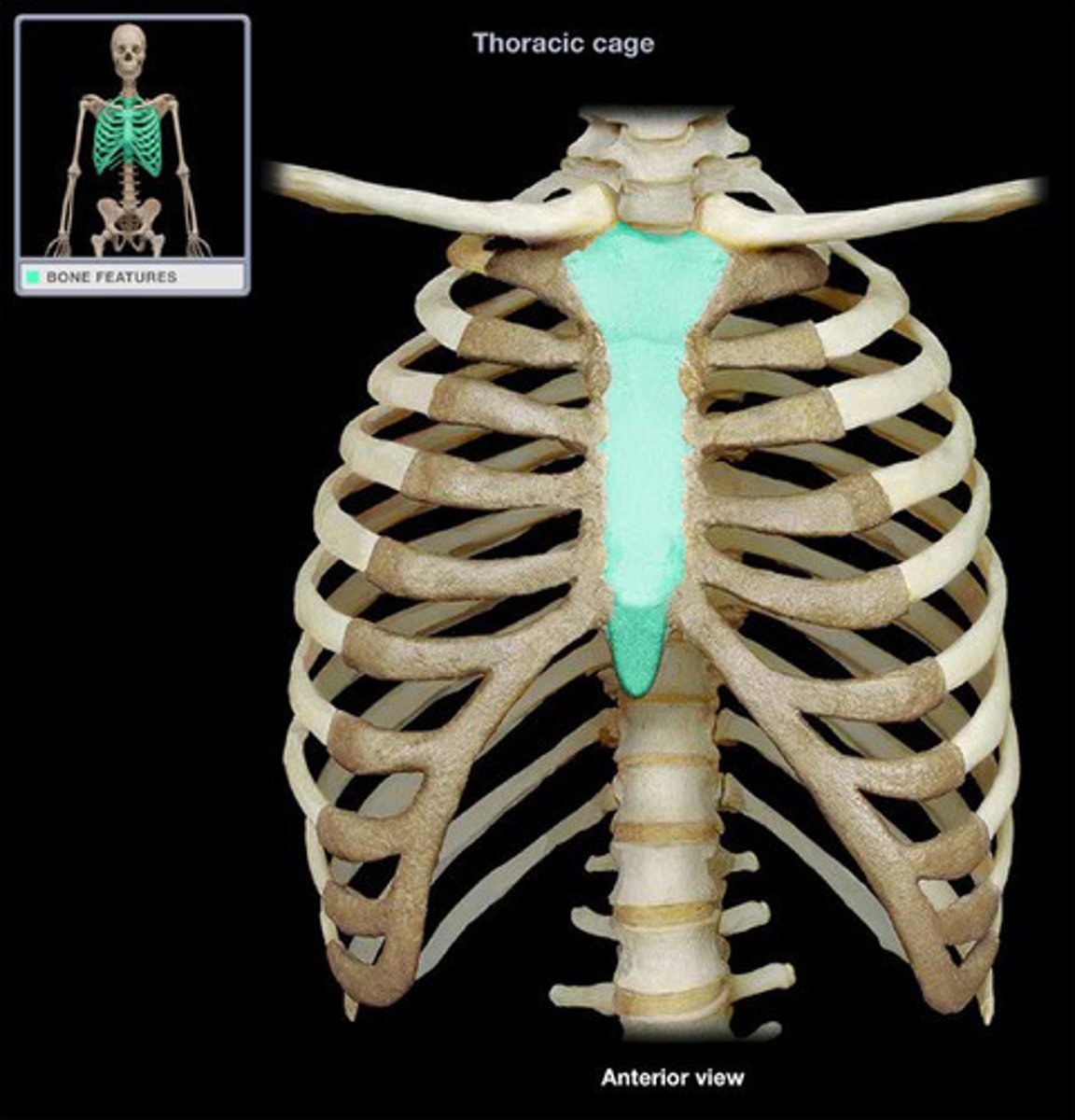
Radius
lateral bone of the forearm
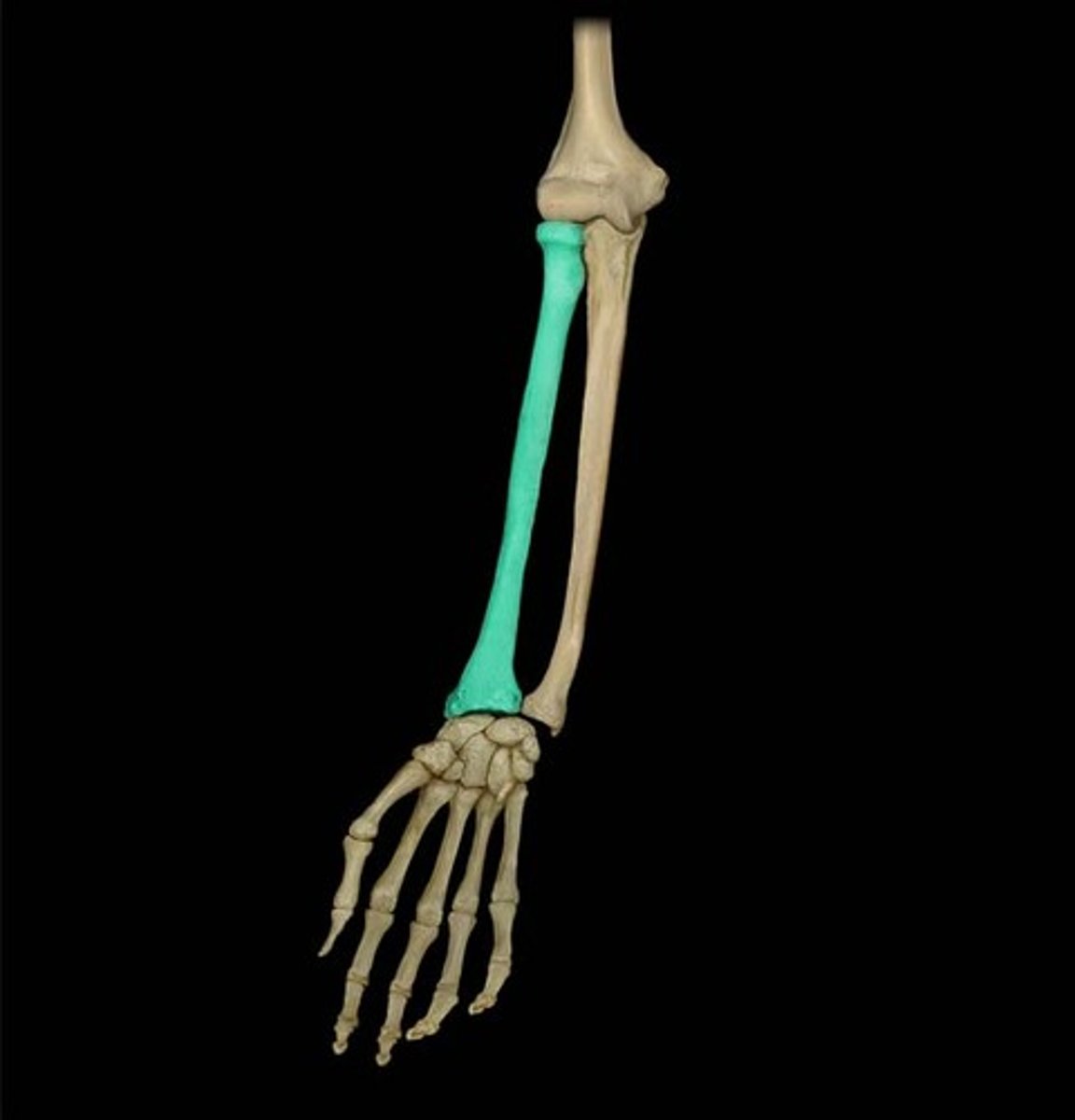
Phalanges
fingers, toes

Scapula
shoulder blade

Tibia
shin bone
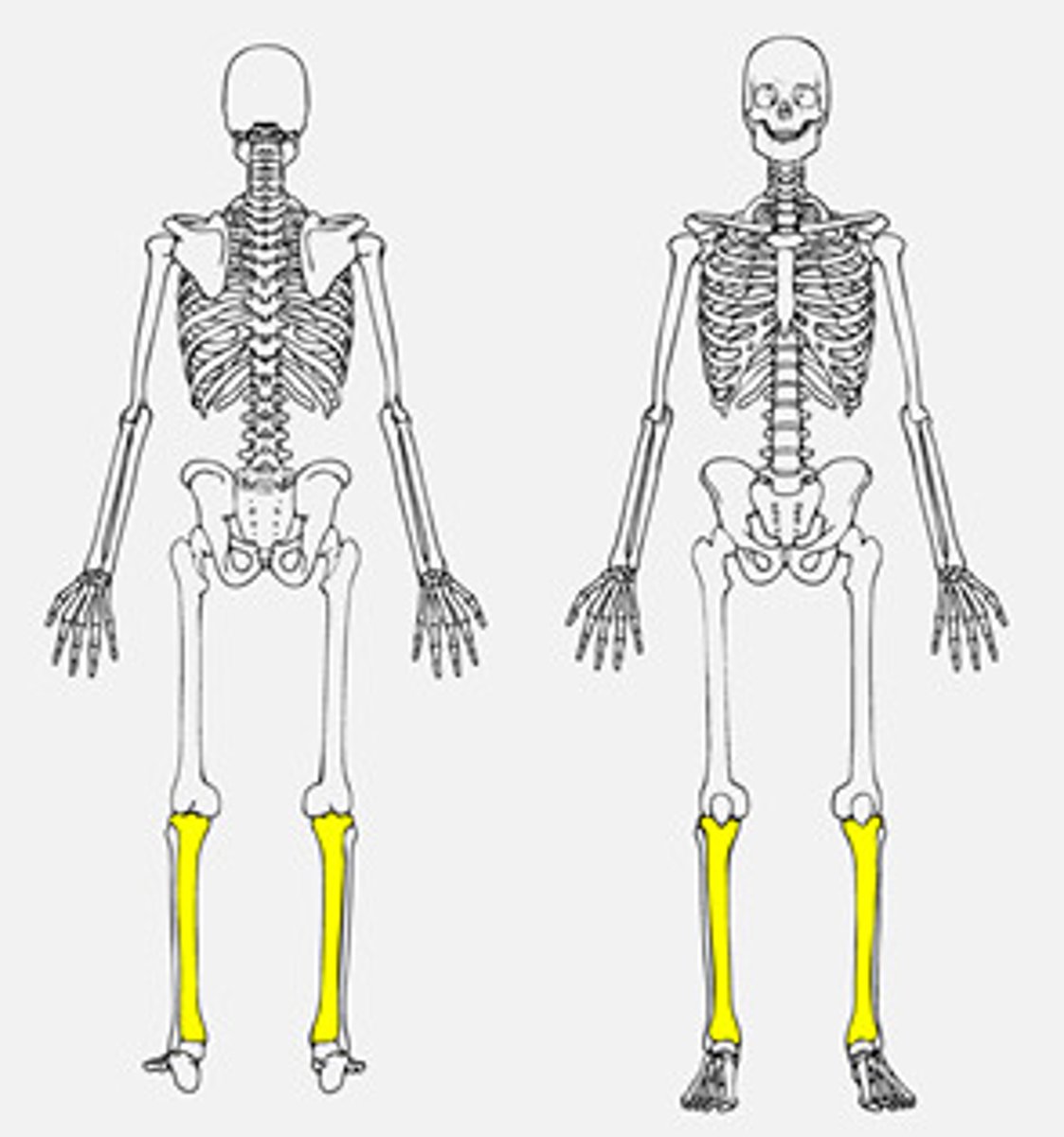
pelvic girdle
hip bones
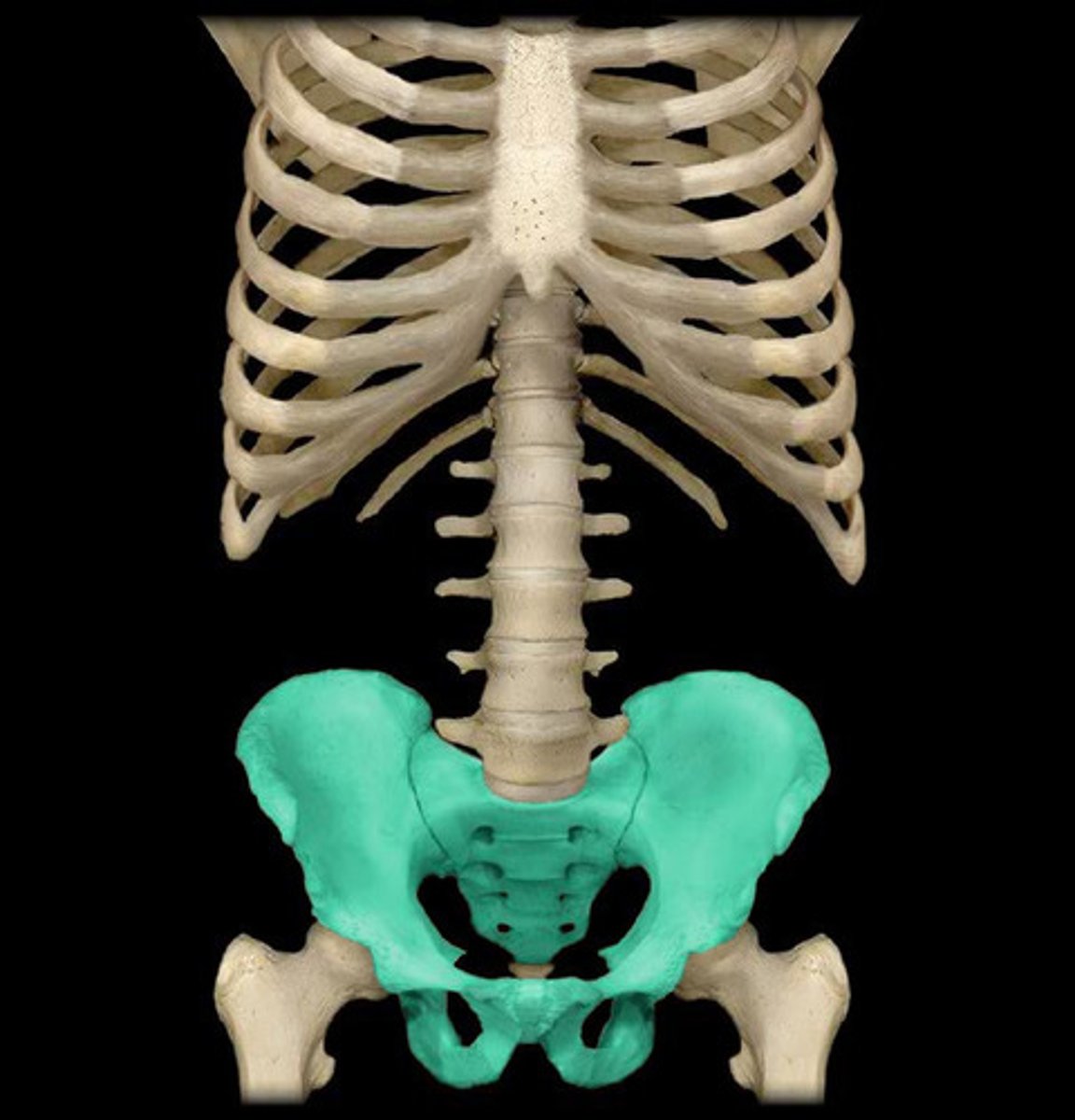
Tarsals
ankle bones
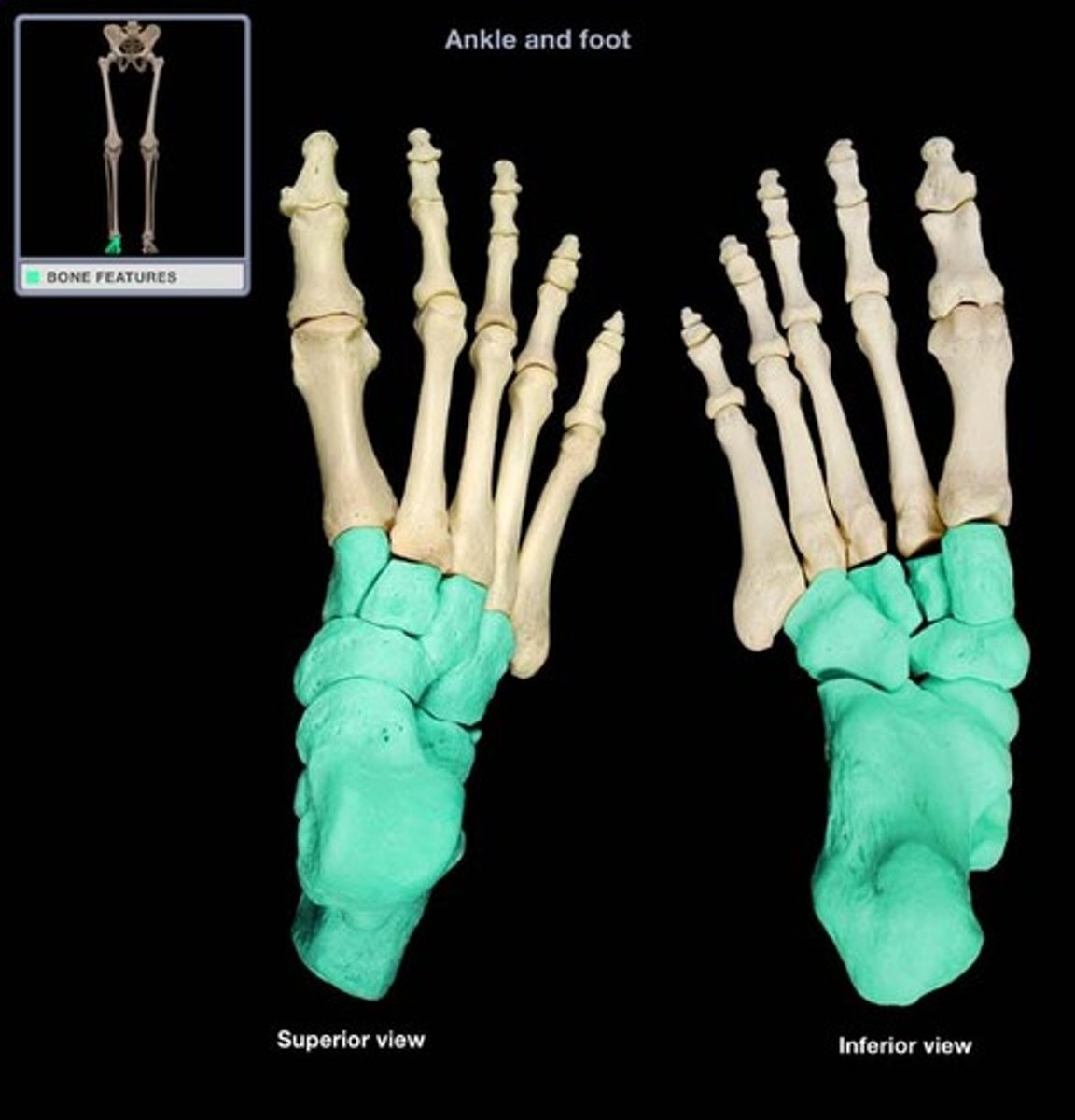
Patella
kneecap
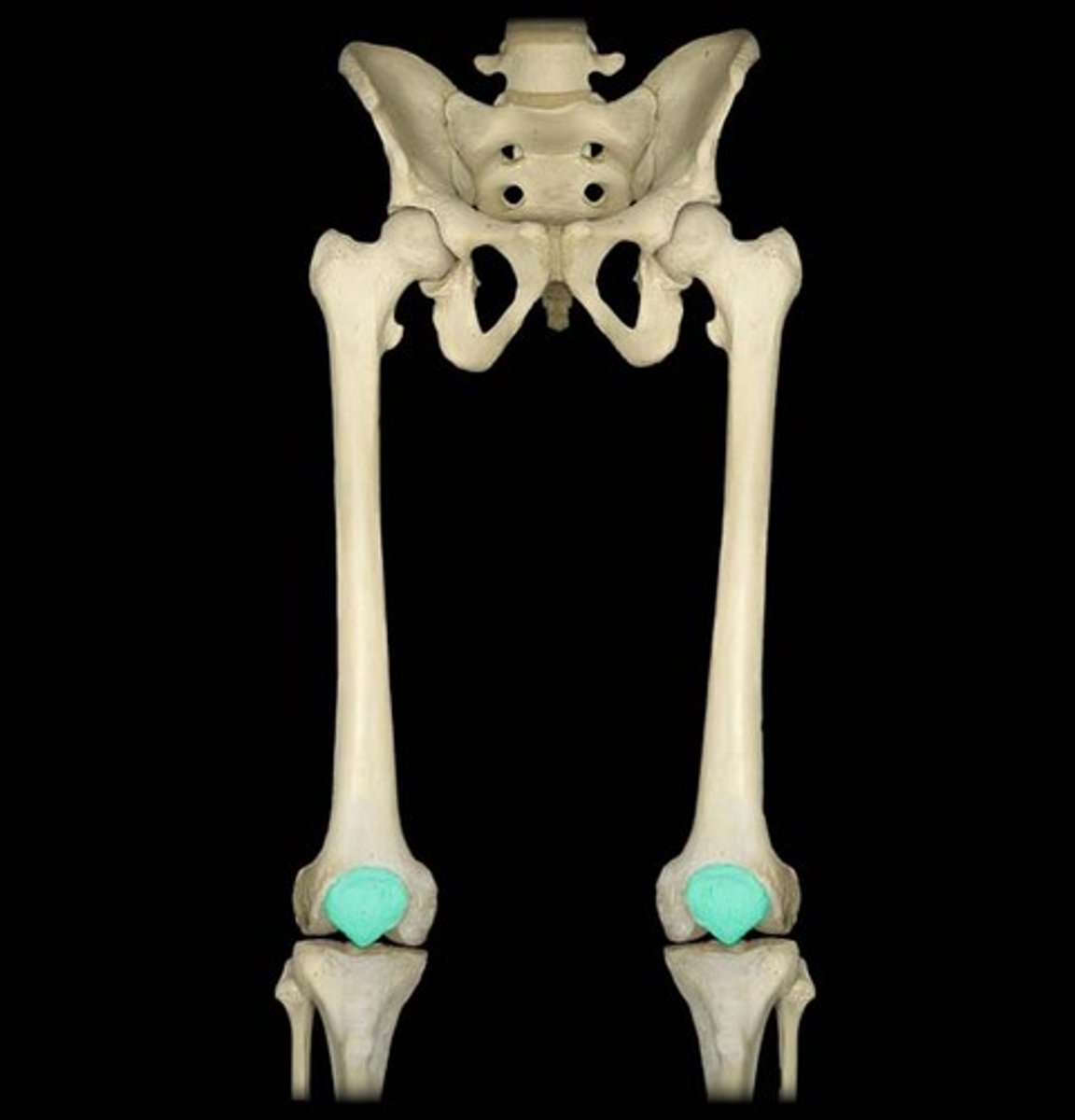
Humerus
upper arm bone
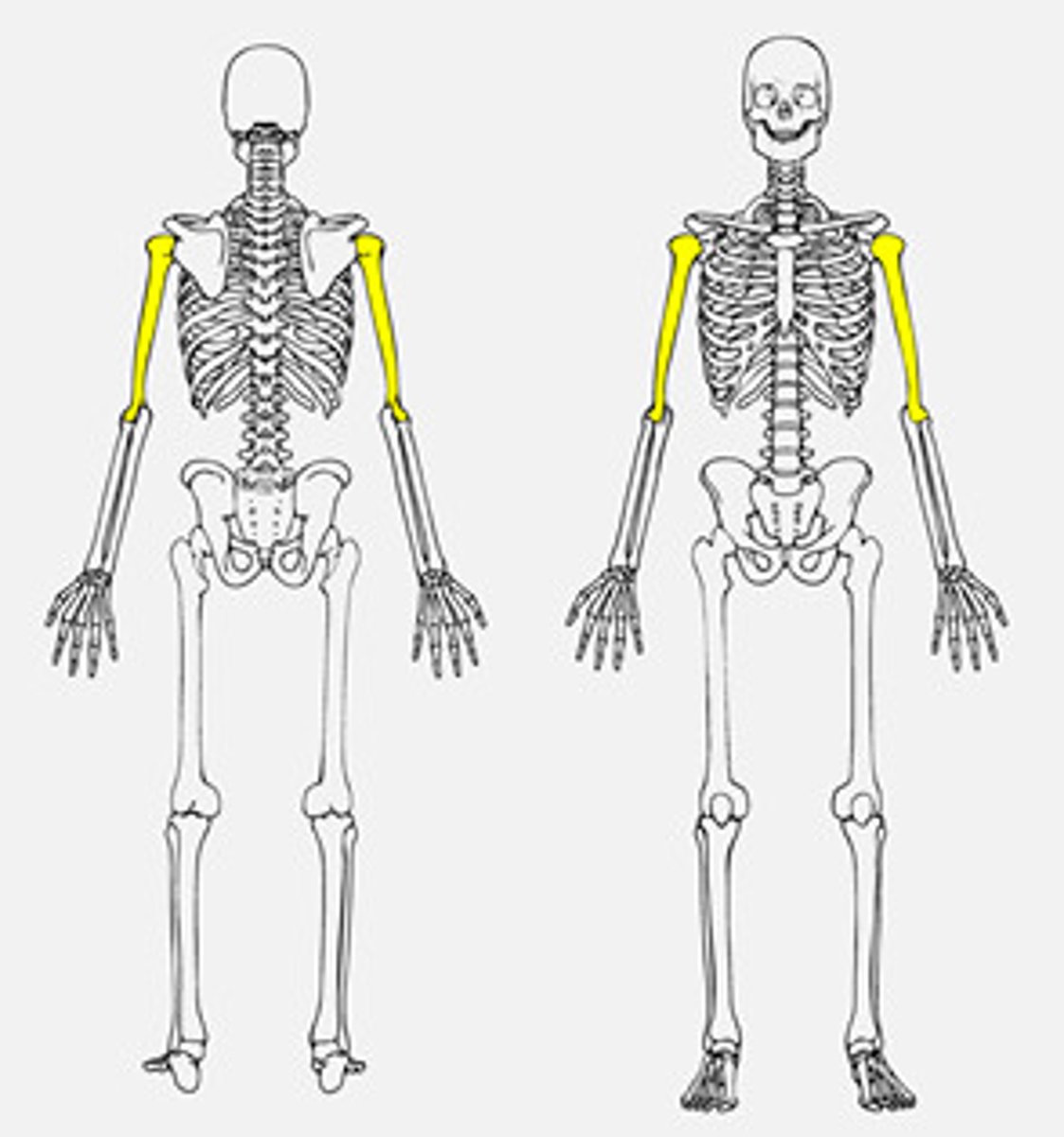
rib cage
protects the heart and lungs
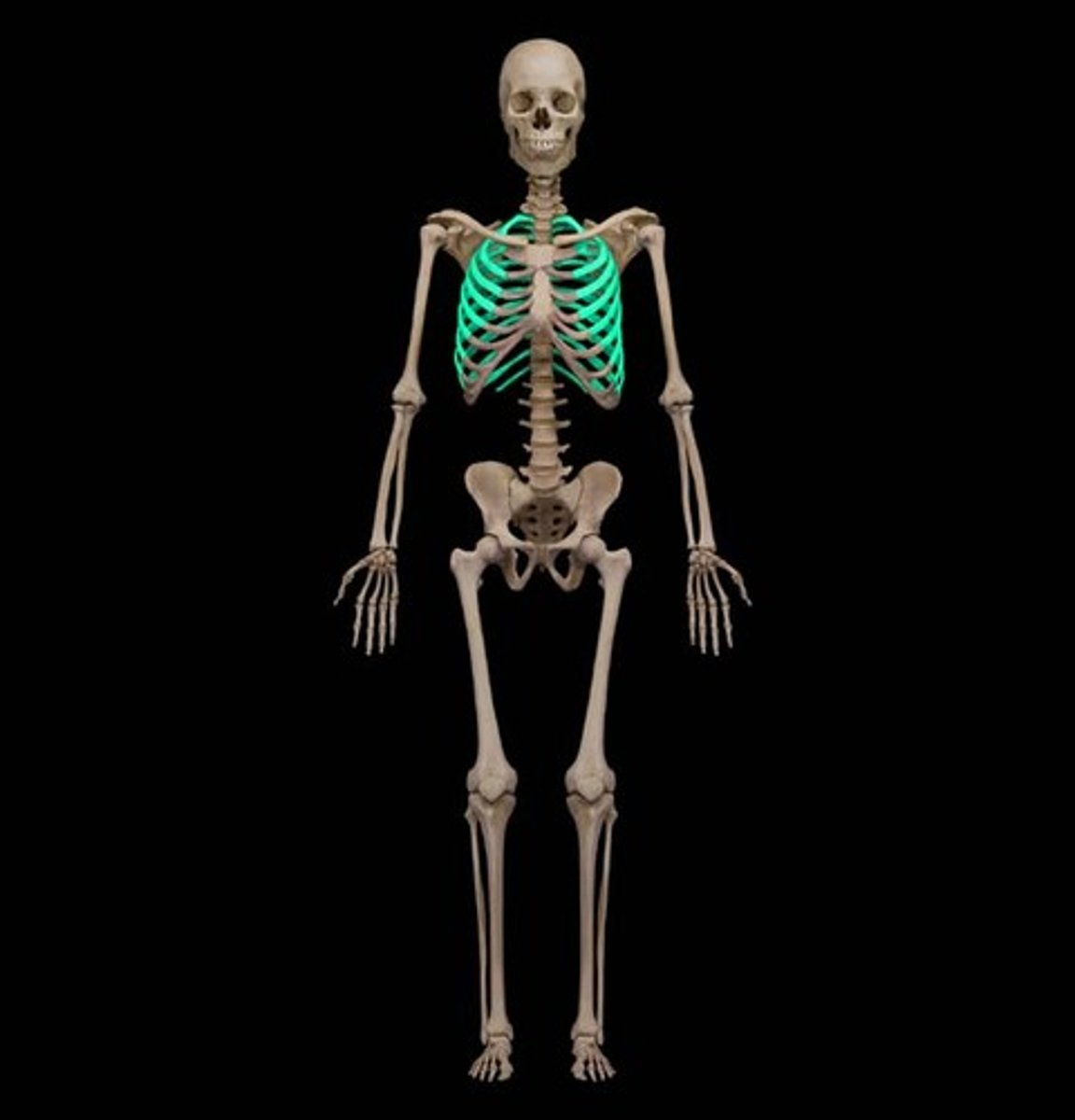
Fibula
calf bone,
The lateral and smaller bone of the lower leg
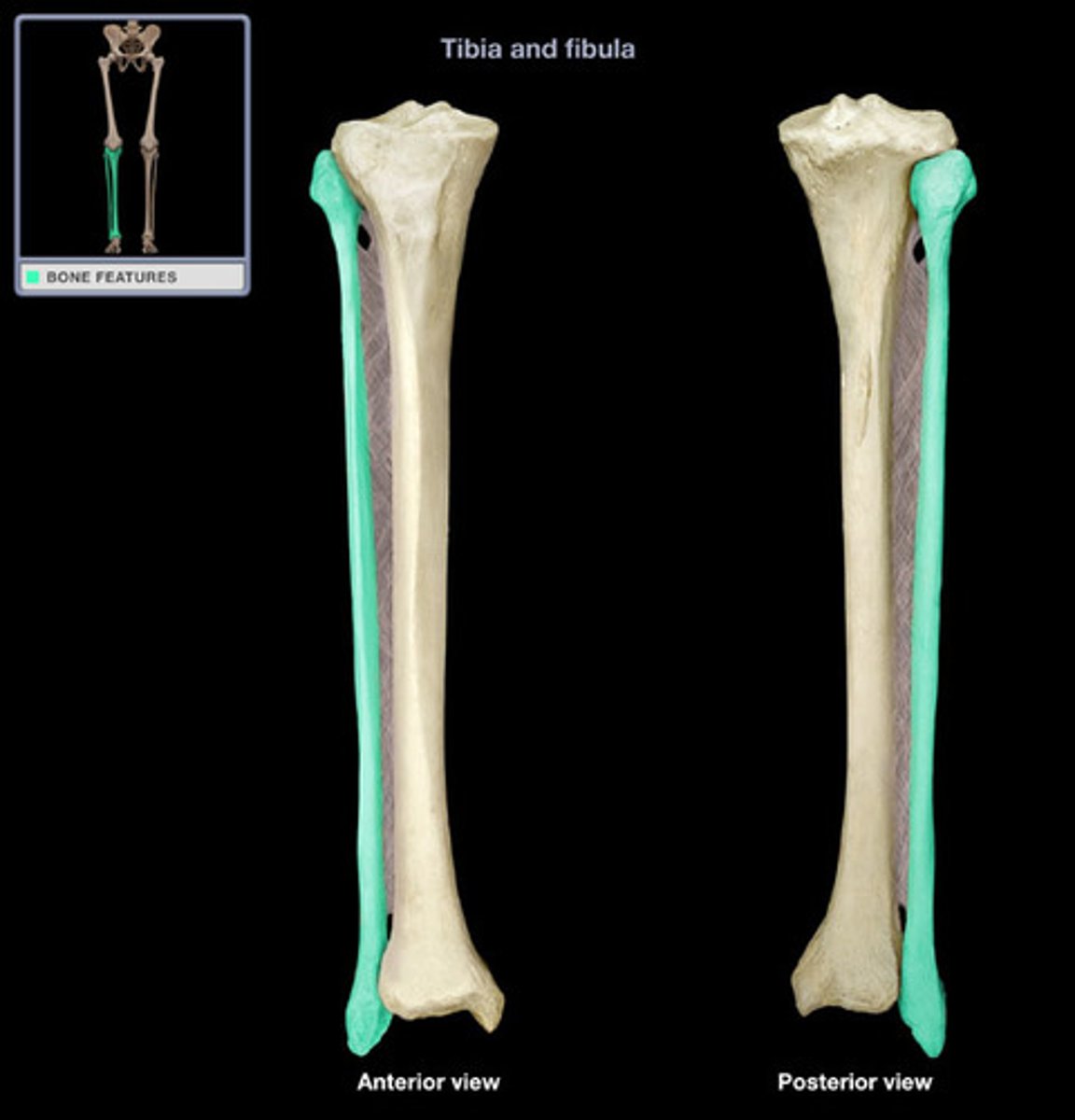
vertebral column
spine
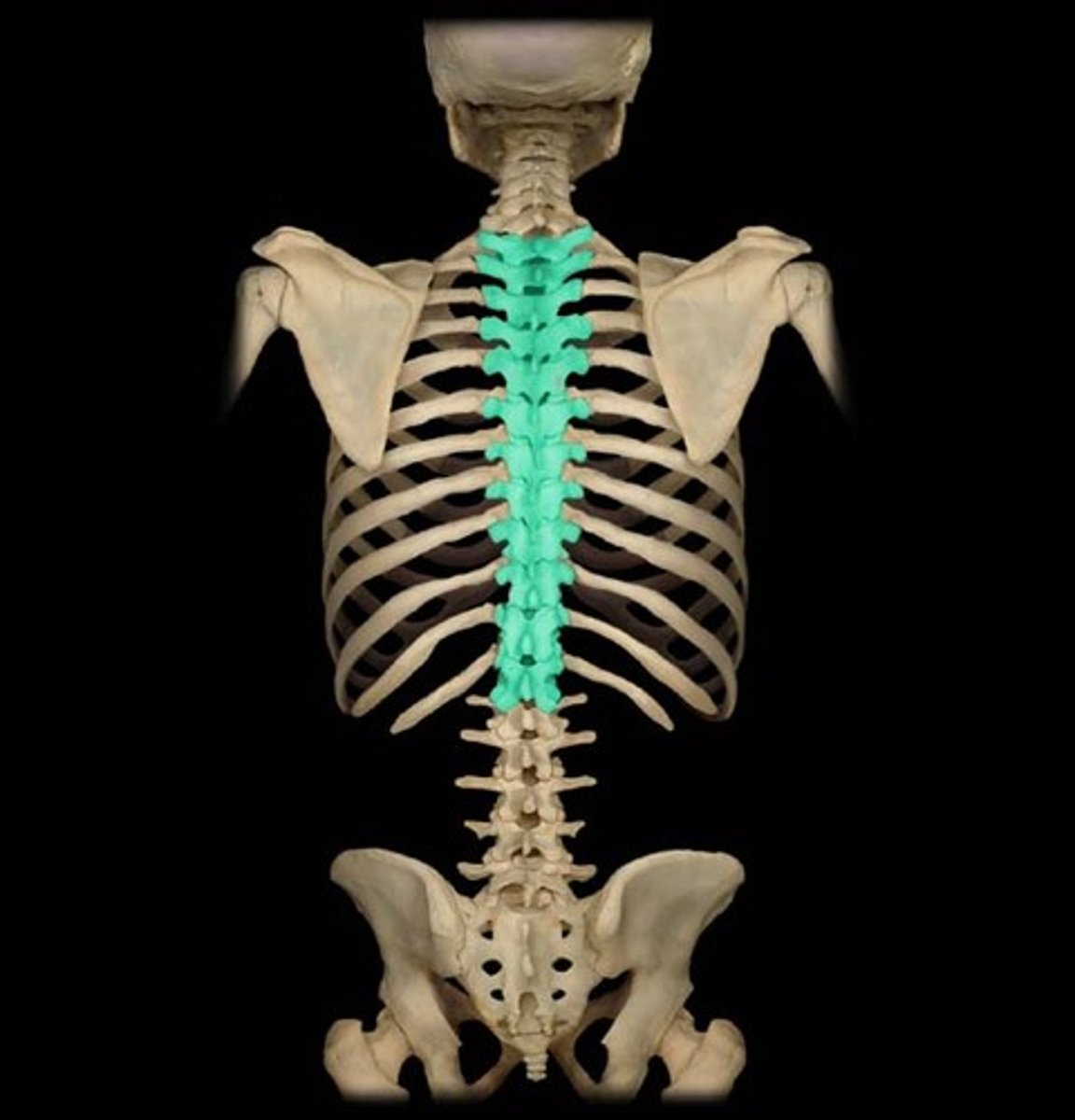
Carpals
wrist bones
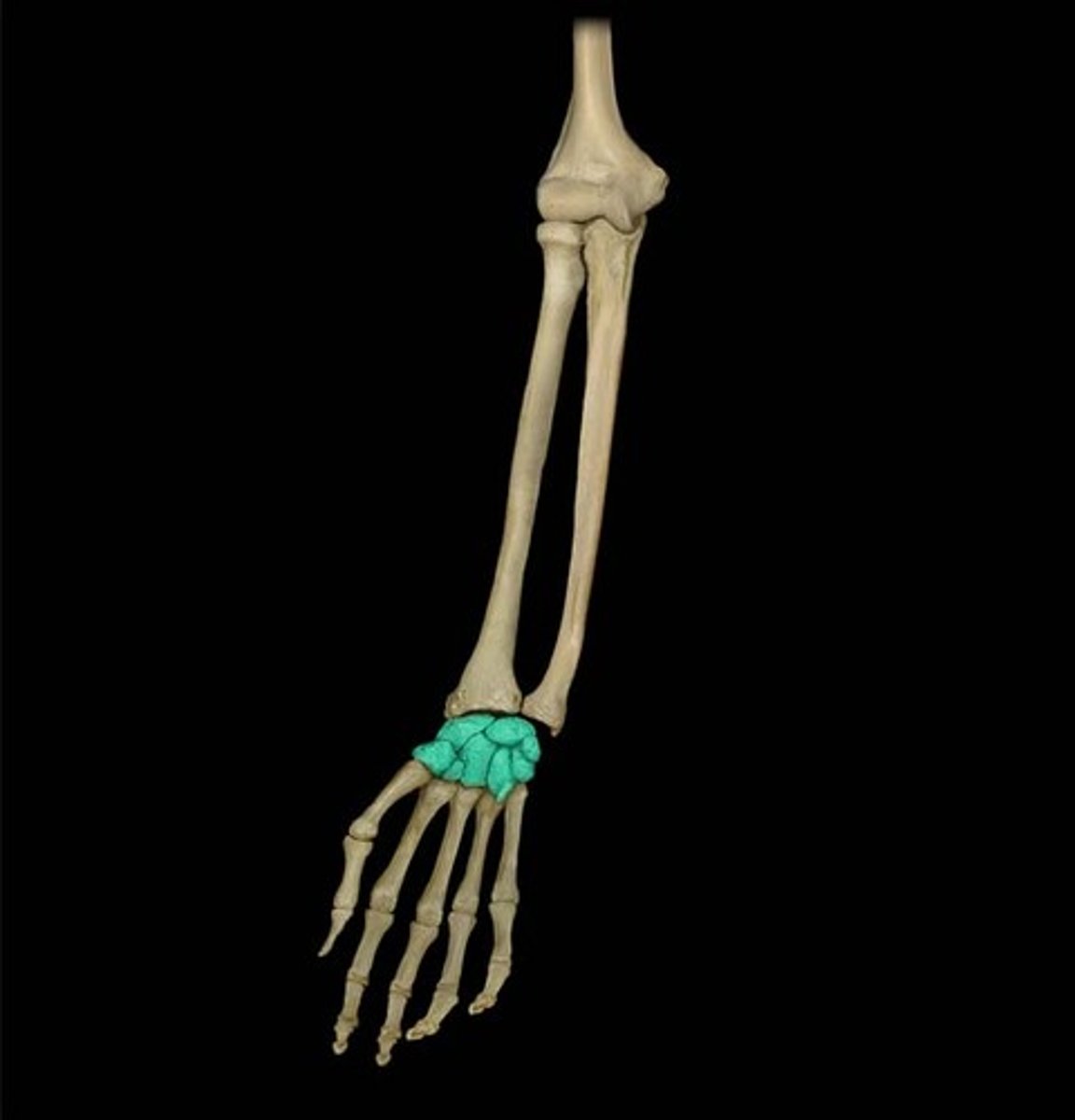
Metecarpals
hand bones
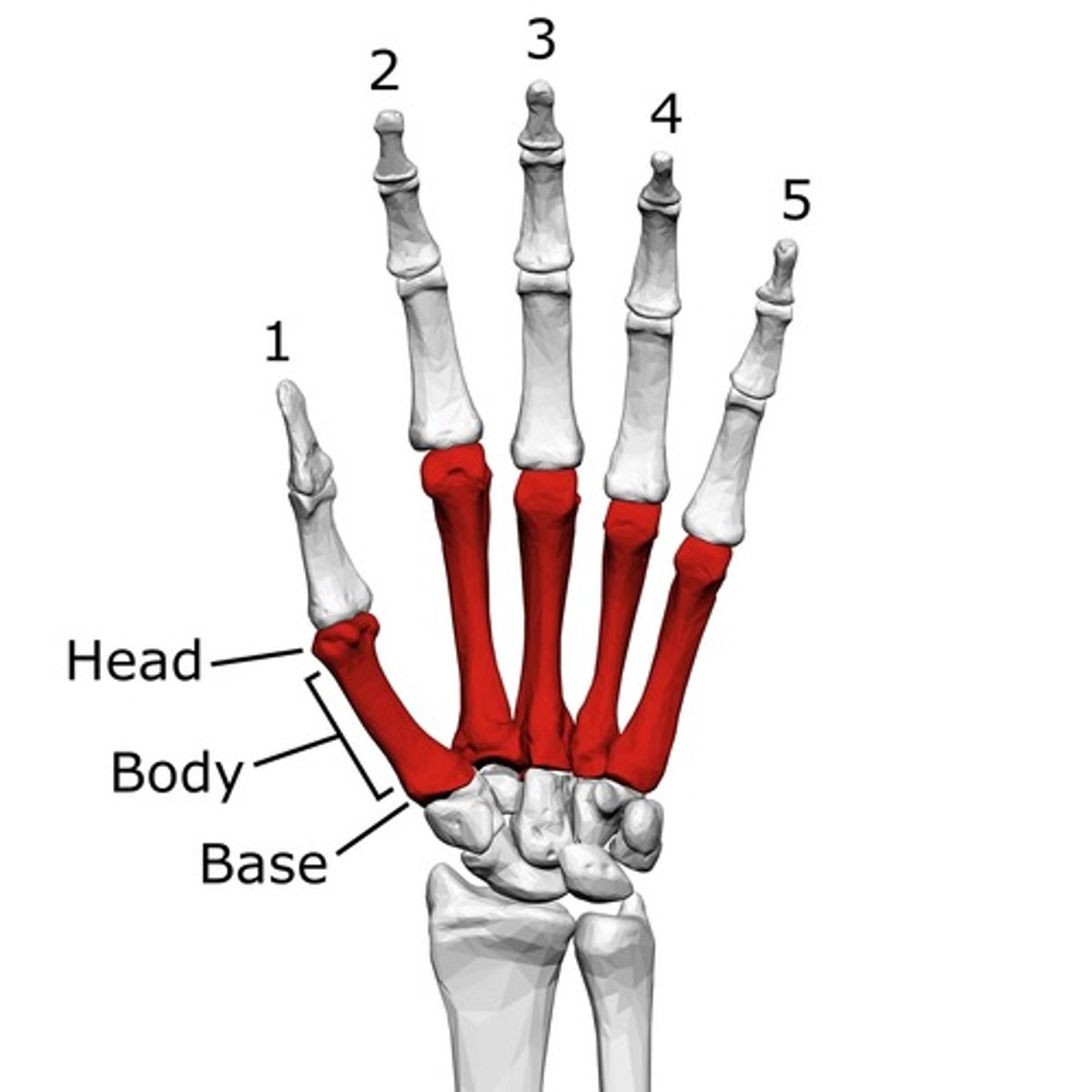
Femur
thigh bone
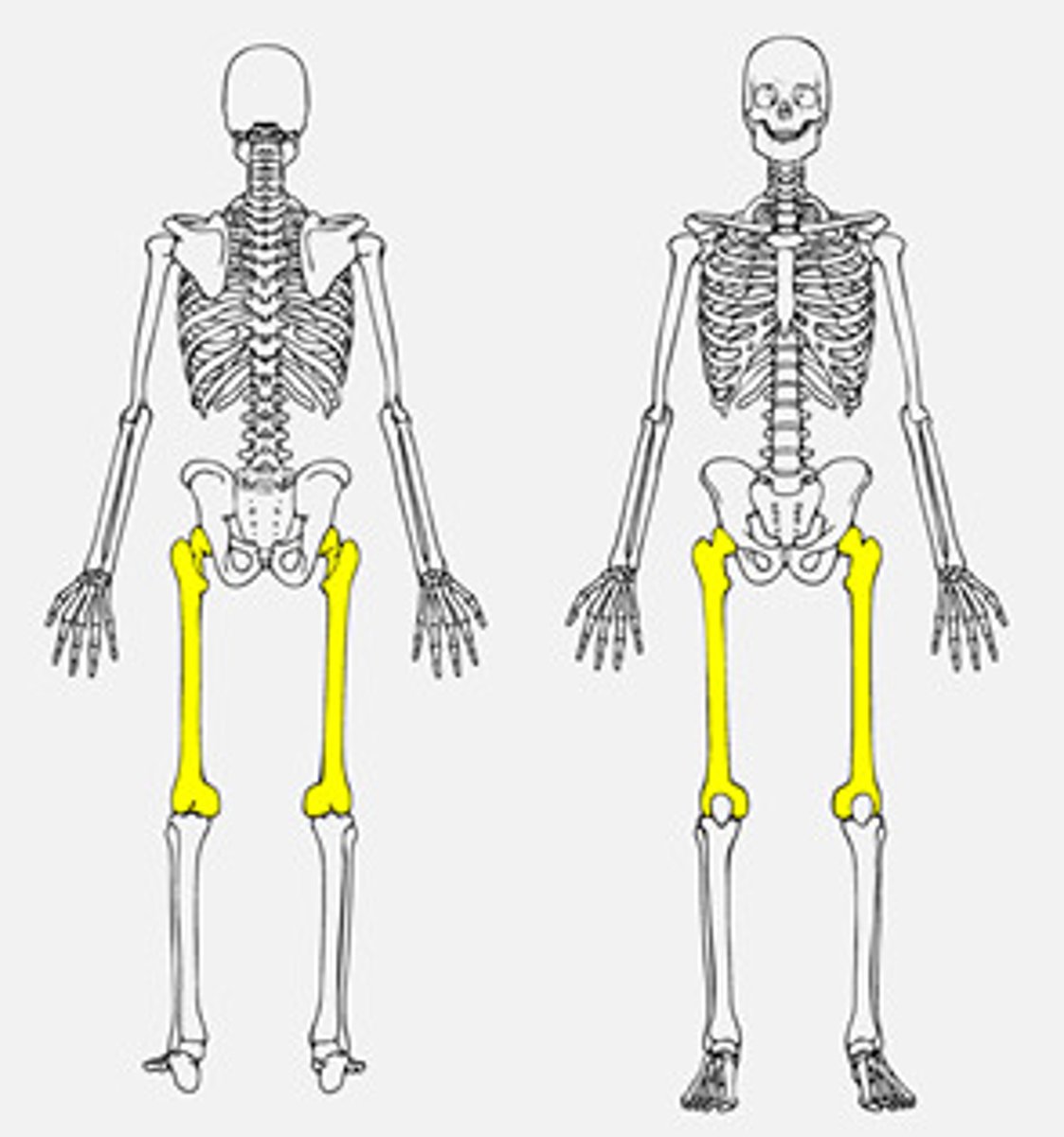
Metatarsals
foot bones
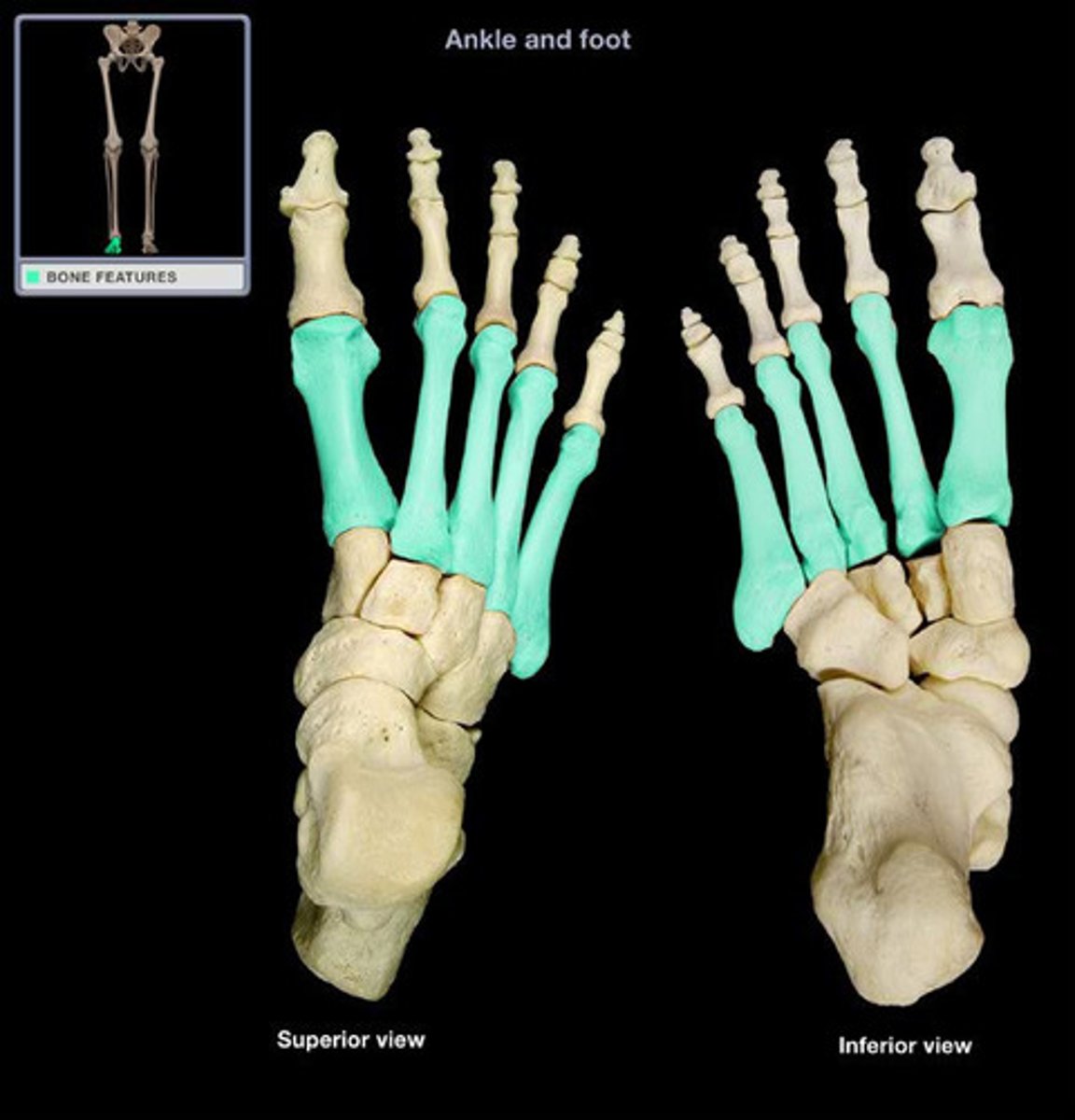
Clavicle
collar bone
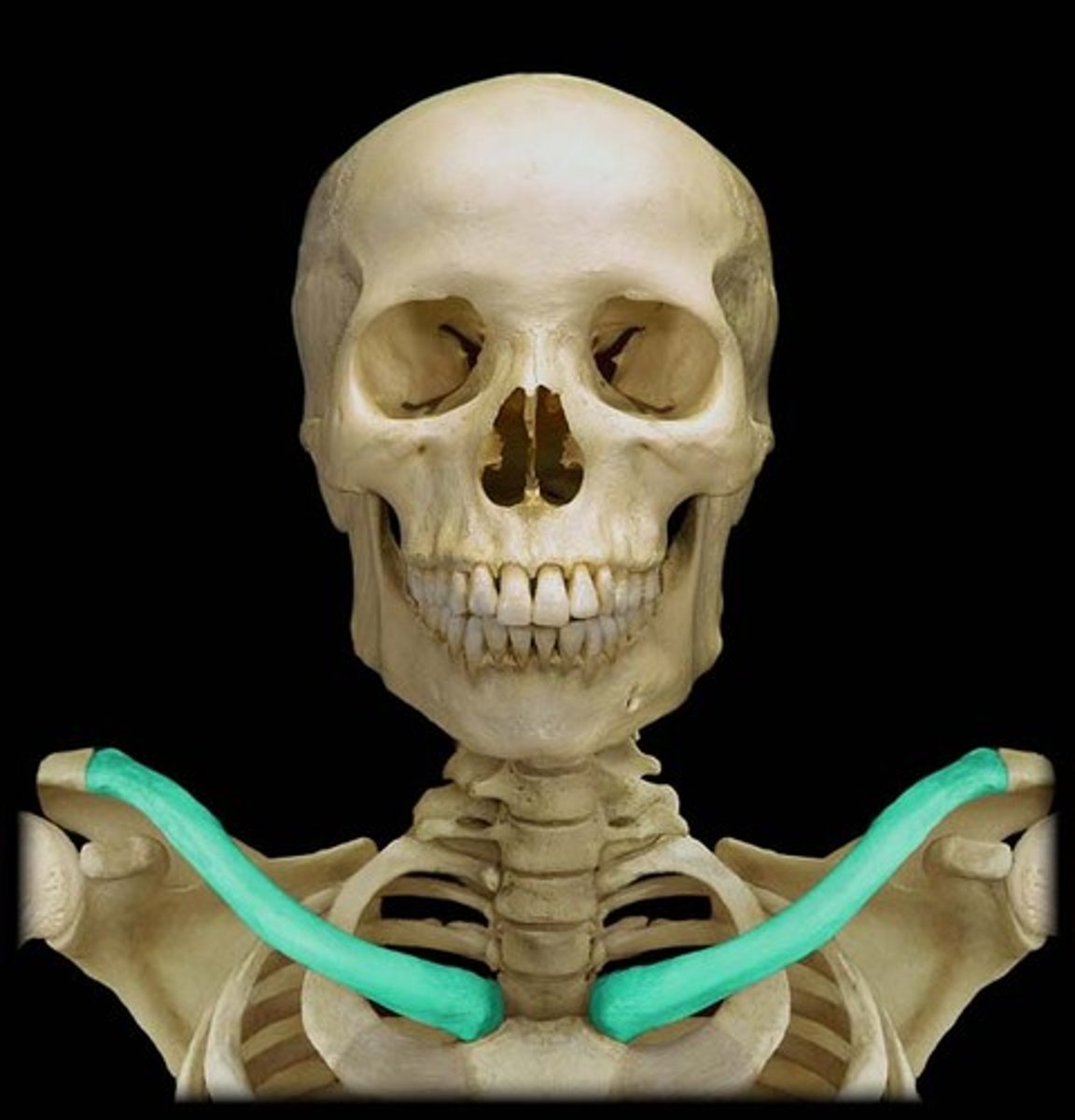
Ulna
medial bone of the forearm
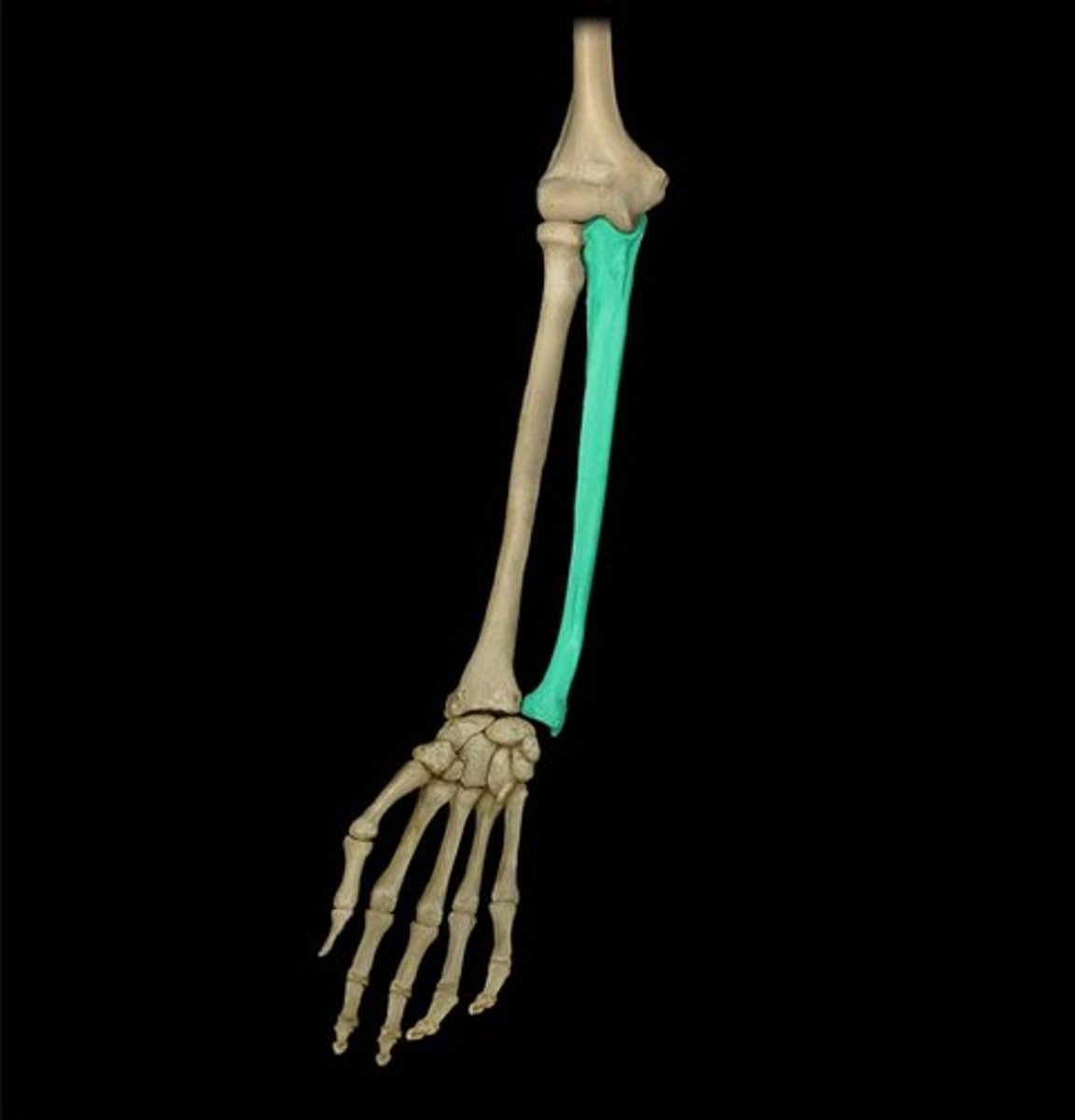
connective tissue
A body tissue that provides support for the body and connects all of its parts
epithelial tissue
A body tissue that covers the surfaces of the body, inside and out
muscle tissue
A body tissue that contracts or shortens, making body parts move.
nervous tissue
A body tissue that carries electrical messages back and forth between the brain and every other part of the body.
integumentary system
Consists of the skin, mucous membranes, hair, and nail
skeletal muscle
A muscle that is attached to the bones of the skeleton and provides the force that moves the bones.
Muscular System
Allows manipulation of the environment, locomotion, and facial expression. Maintains posture, and produces heat.
lymphatic system
Composed of a network of vessels, ducts, nodes, and organs. Provides defense against infection.
respiratory system
Brings oxygen into the body. Gets rid of carbon dioxide.
digestive system
Breaks down food into absorbable units that enter the blood for distribution to body cells.
nervous system
the body's speedy, electrochemical communication network, consisting of all the nerve cells of the peripheral and central nervous systems
endocrine system
the body's "slow" chemical communication system; a set of glands that secrete hormones into the bloodstream
cardiovascular system
heart and blood vessels
urinary system
kidneys, ureters, urinary bladder, urethra
reproductive system
Reproduce offspring- produce male sex cells (sperm) and female sex cells (oocytes)